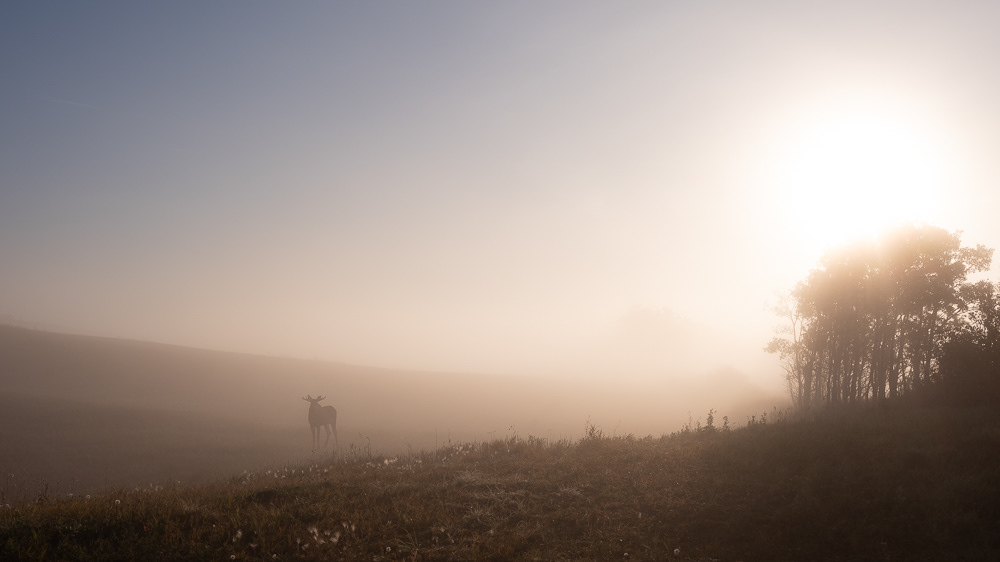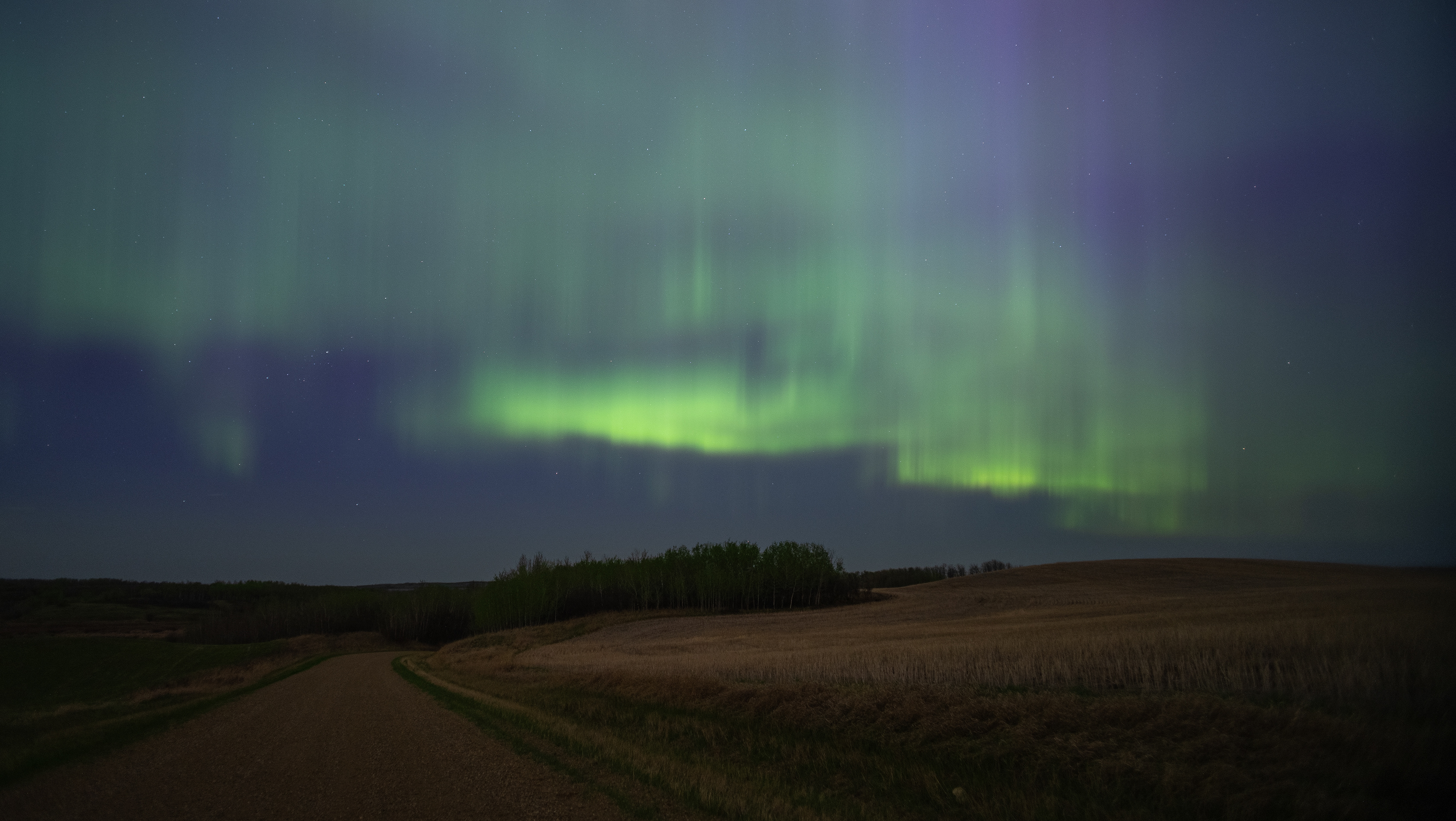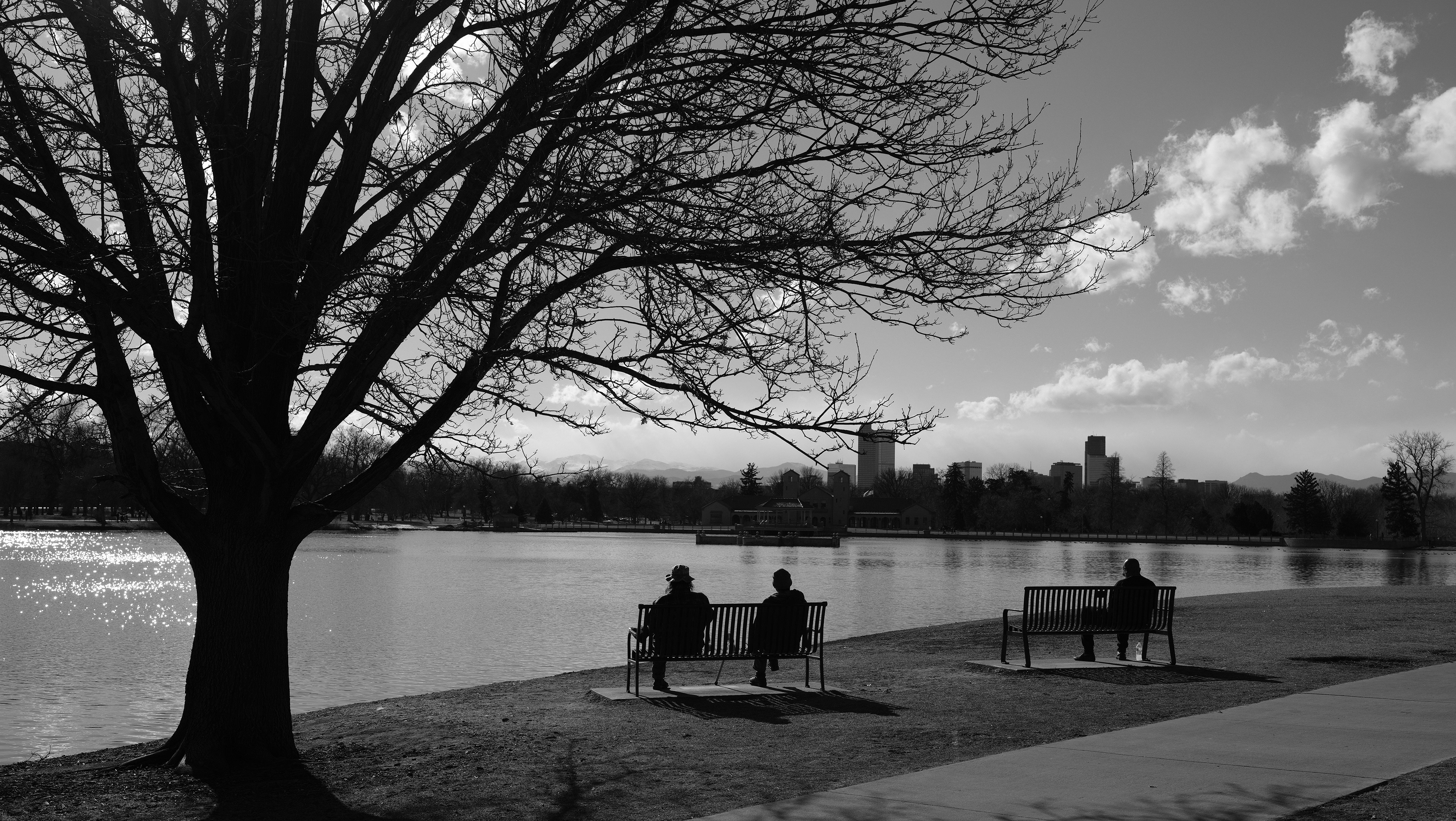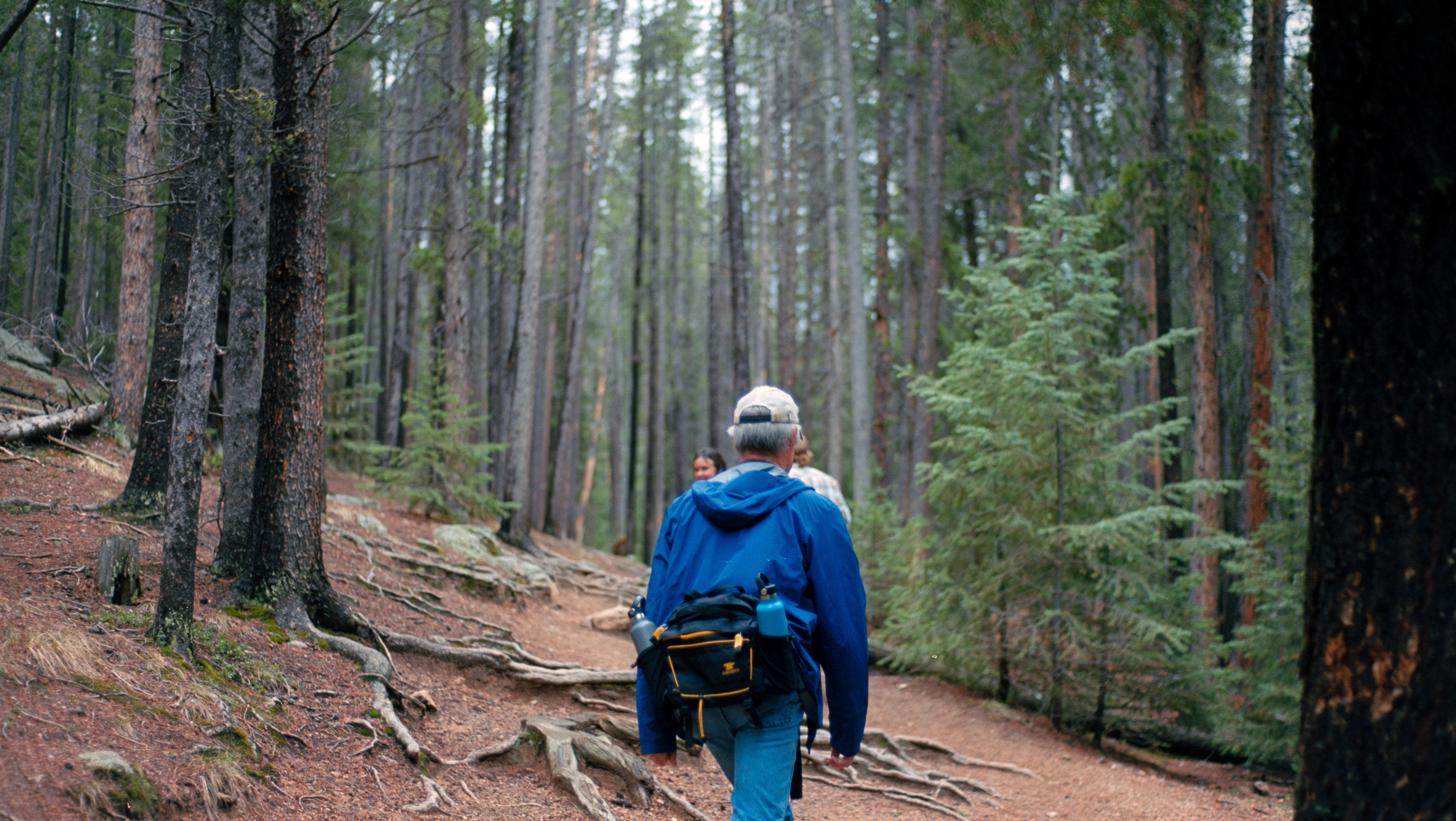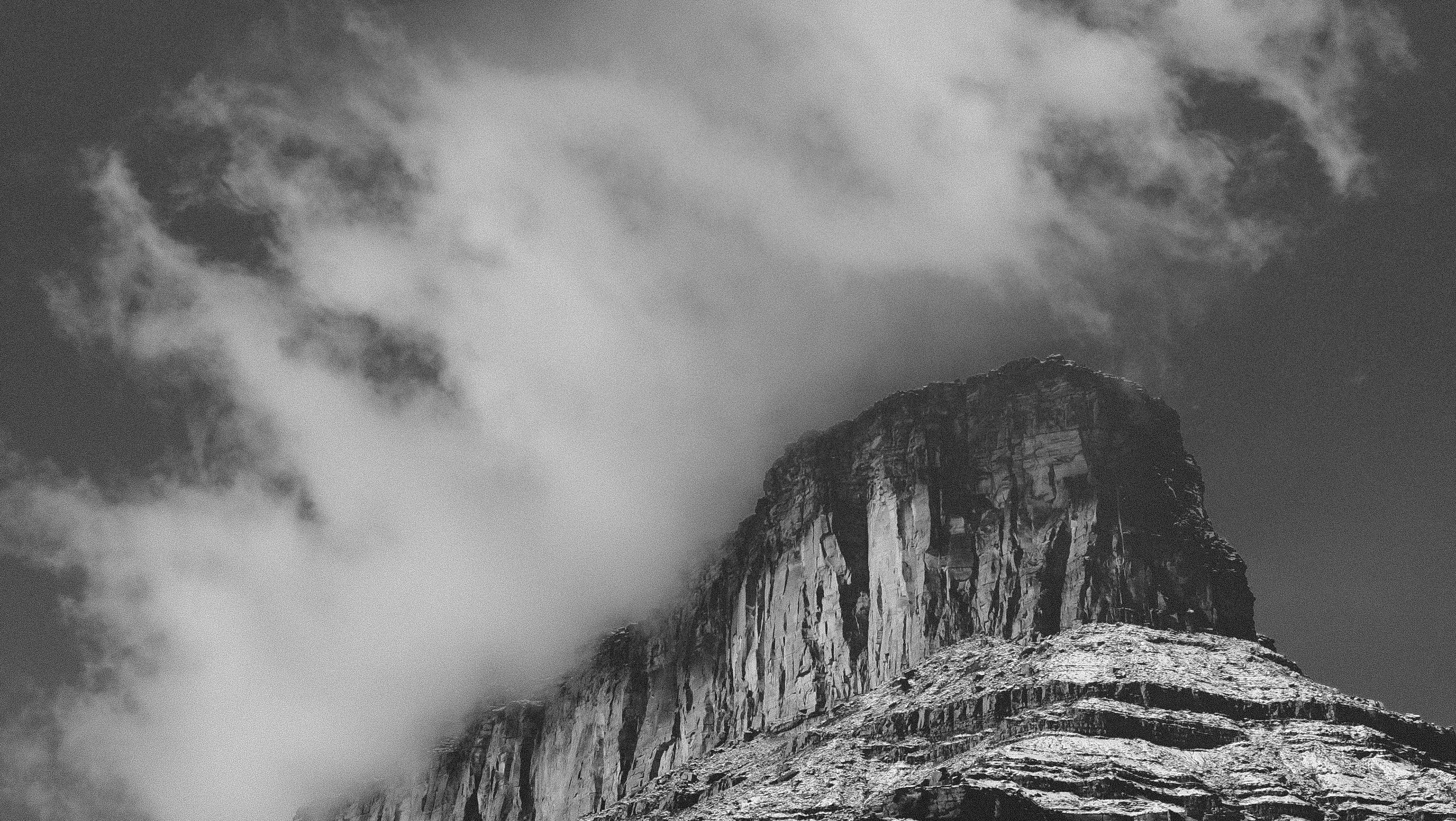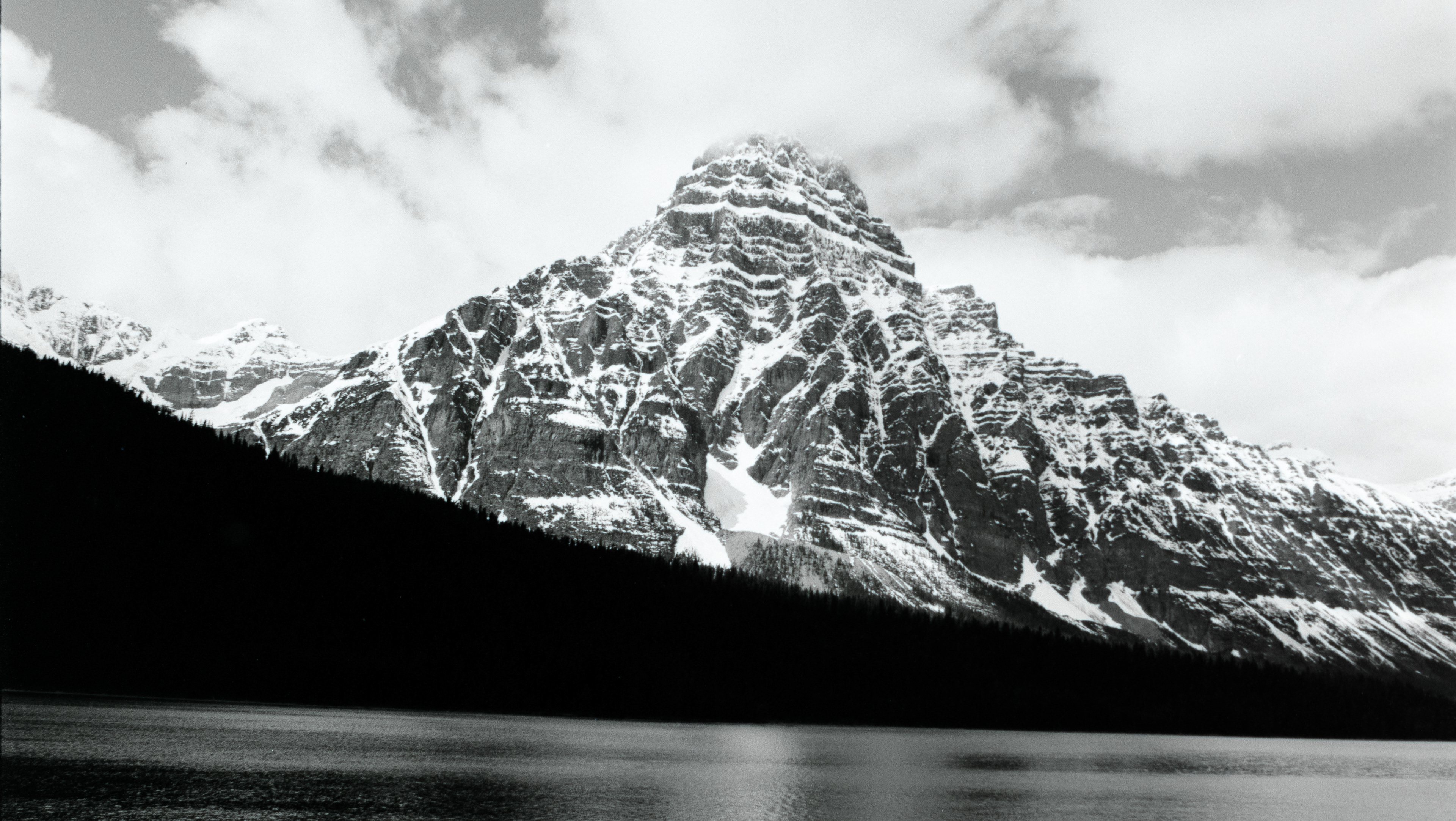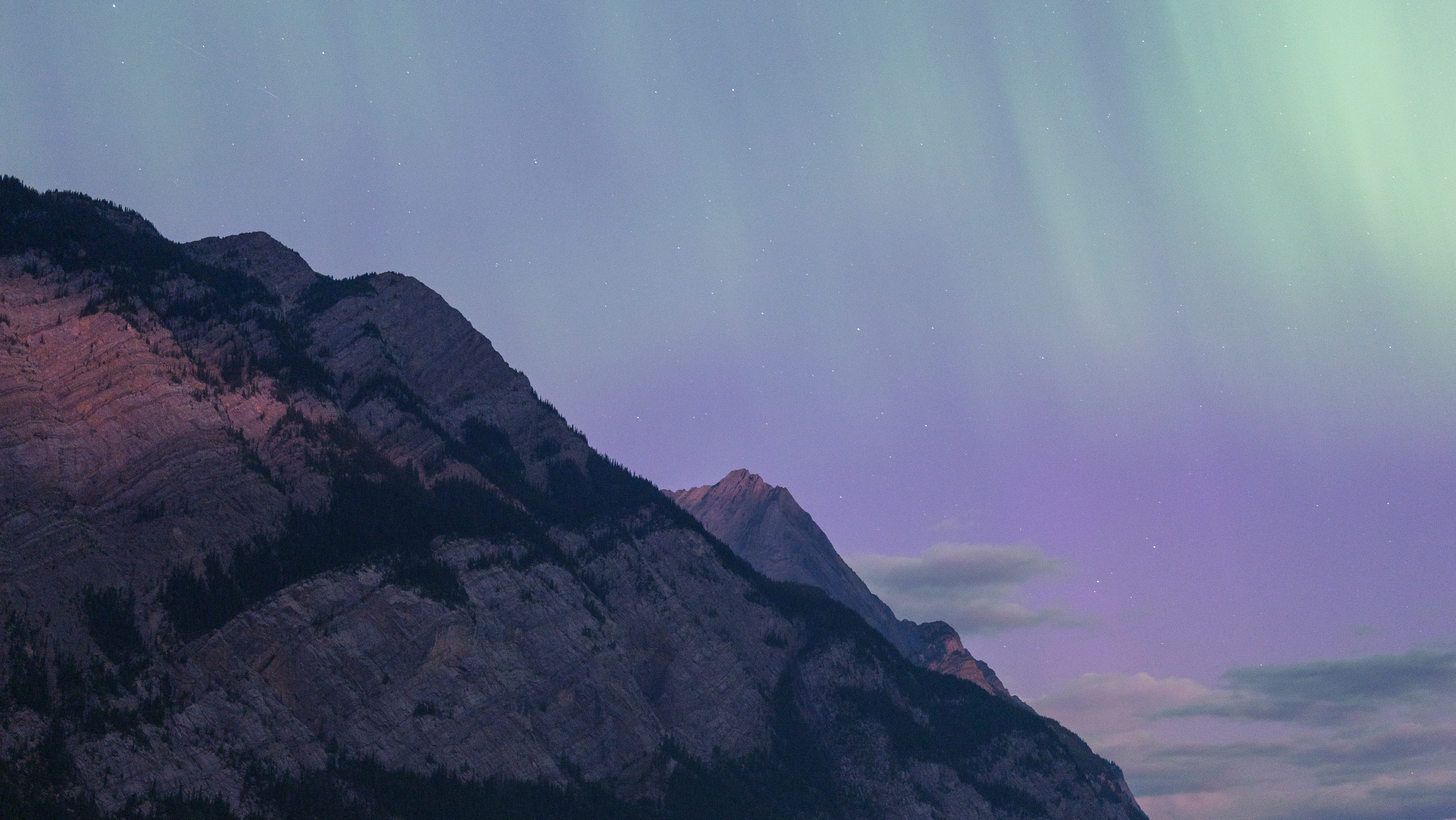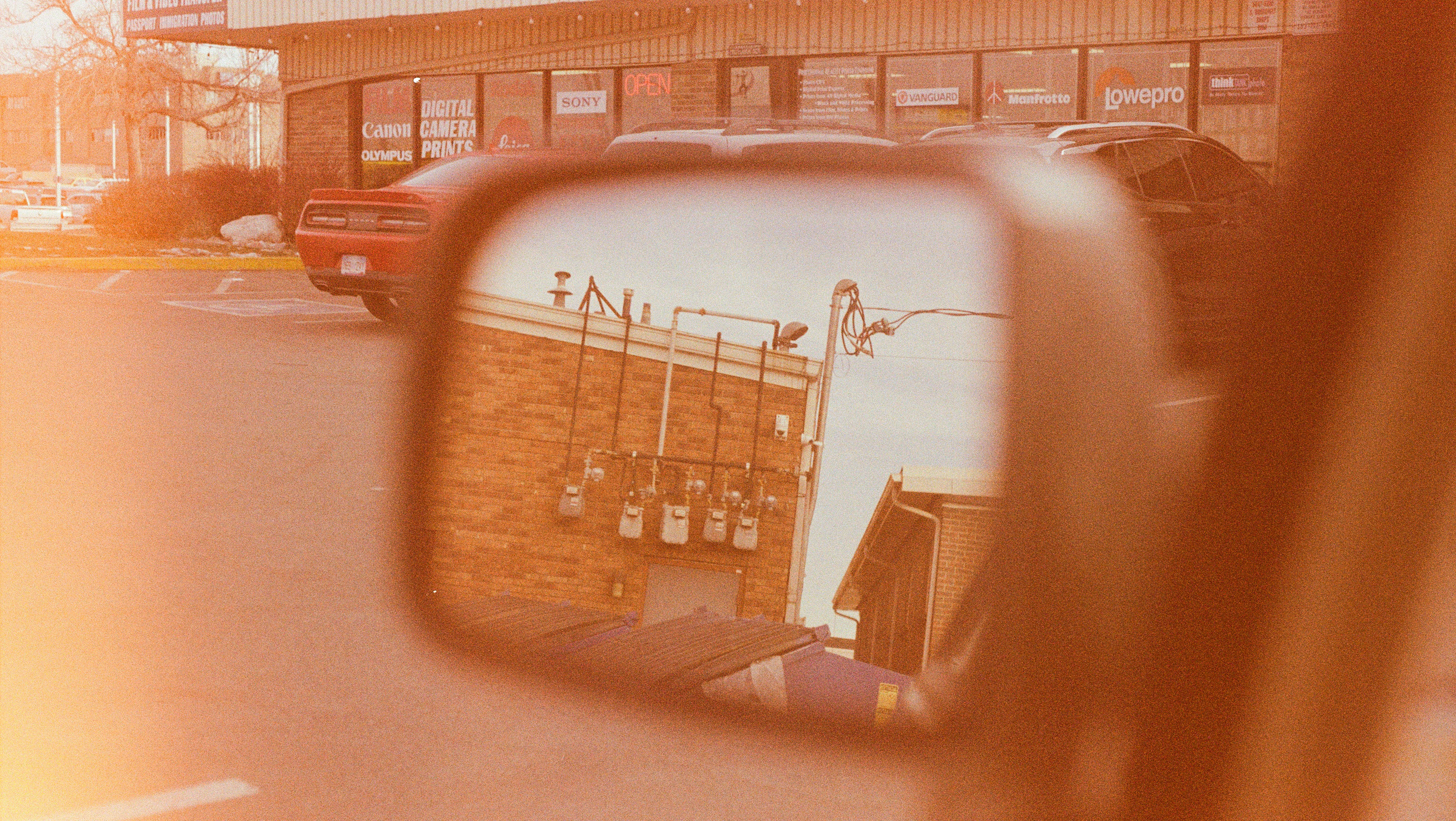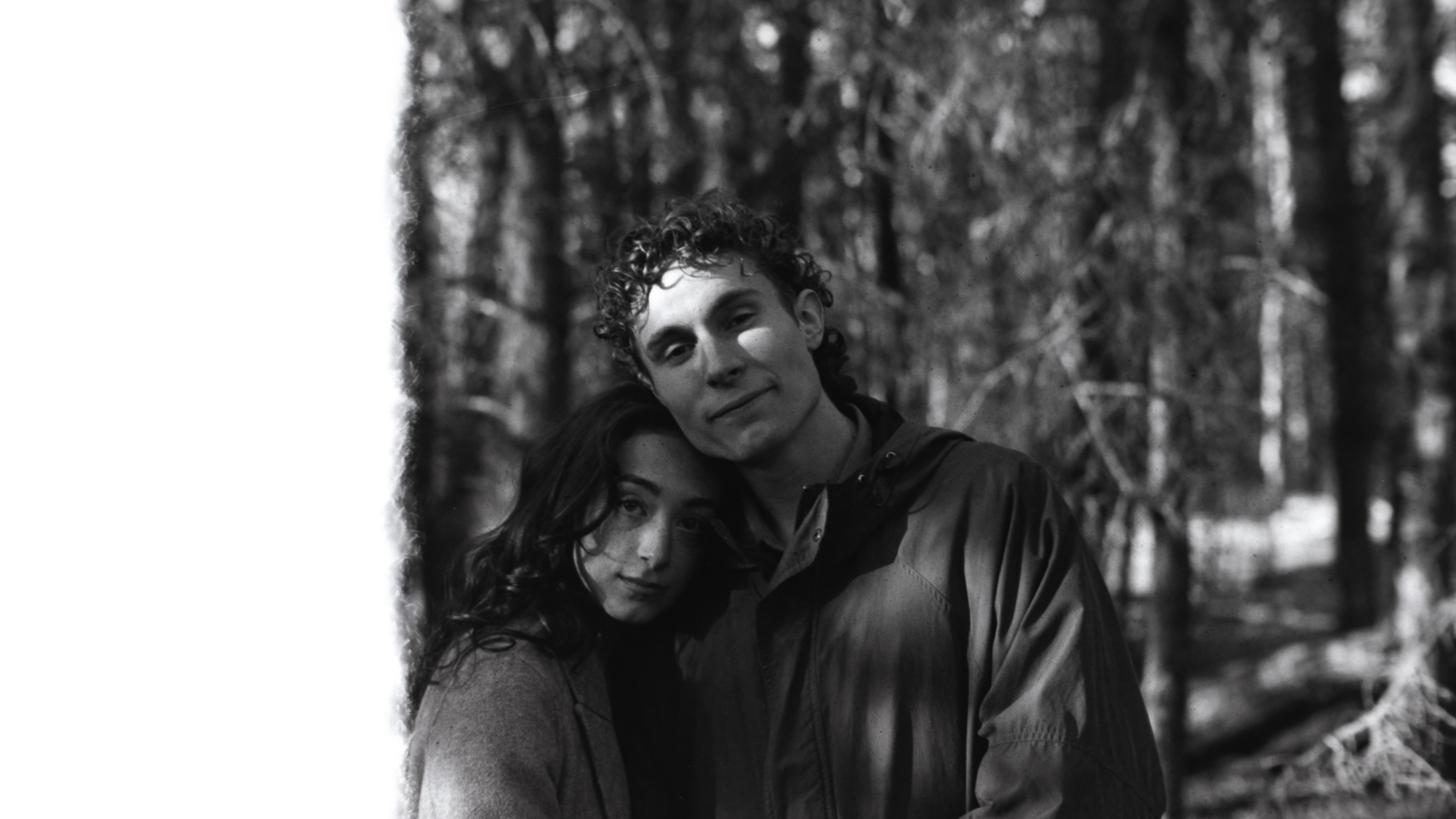As a digitalist by rite, it seemed inevitable that I would make an attempt at analog processing. The day has arrived, albeit with some digitalization included to share it with you on whatever device you choose.
Before August 2022, I hadn't given much consideration to film photography beyond some popular Instagram accounts and disposable cameras that were a fun variation to bring along. This changed when I began working for a local camera store in Colorado and a customer asked if we had any Ektar in 120. It became painfully clear that I was clueless of a large part of photography. I spent a lot of time learning and asking many, many questions. I shot some rolls, ruined a few, and slowly began feeling more and more comfortable with it. My first roll contained the best photos I've ever taken but, unfortunately, I failed to load the film correctly and it failed to advance a single frame while I excitedly shot 45+ frames on a 36 roll...
All that to say, it's been a learning process. Since I no longer have access to a lab that develops/scans my film immediately and for free and live multiple hours from the closest lab, I ran into a bit of a snag with shooting film. Sure, I could ship my film but the price was more than I was willing to pay when I could do it at home for a fraction of the price. So, I researched and got the equipment needed for developing 35mm.
To start, I wanted to develop and scan black and white 35mm as it seems less complex and needs less precision than C-41. I bought a kit from Flic Film, a neat Alberta manufacturer, containing their MQ developer for $20 that advertises it's ability to process 10 rolls in total. $2/roll sounds good compared to the $16/roll for b/w that I'd been seeing at other labs in Alberta.
I tossed in a roll of expired Delta 100 in a Nikon FM (that I've recently been given and wanted to check for light leaks and test the accuracy of its meter) and then tried my hand at developing it! Here are some of the results from this first roll:
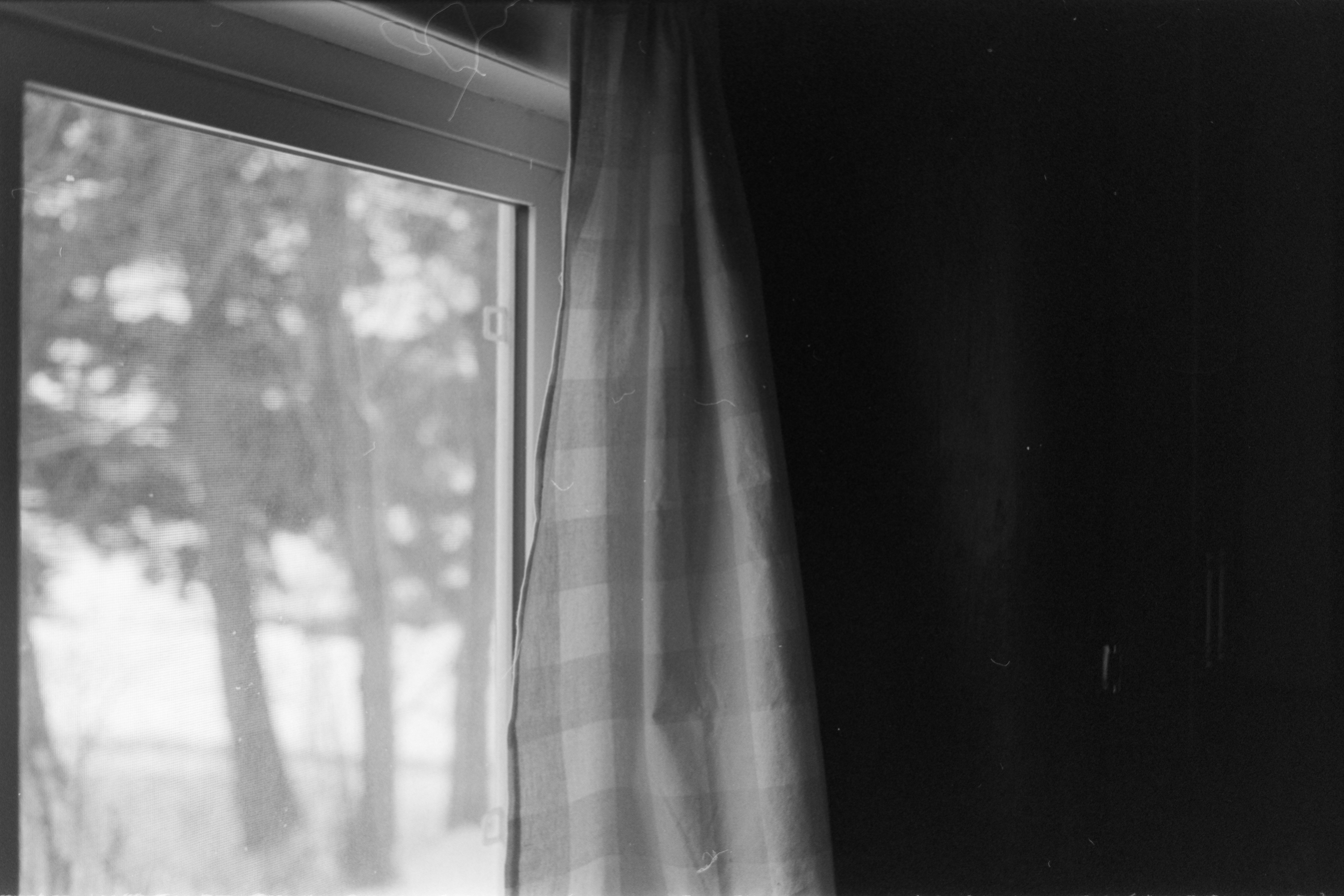
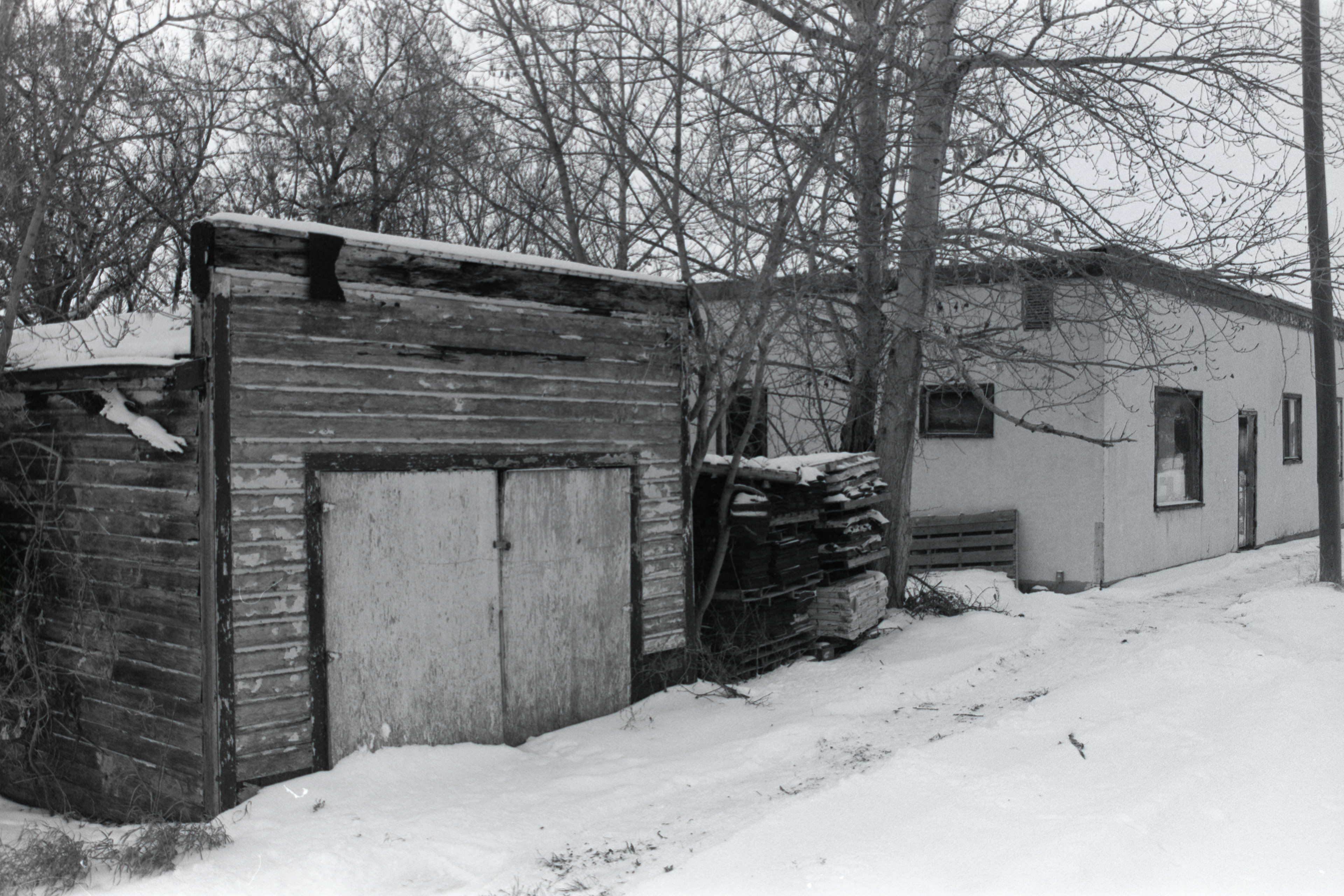
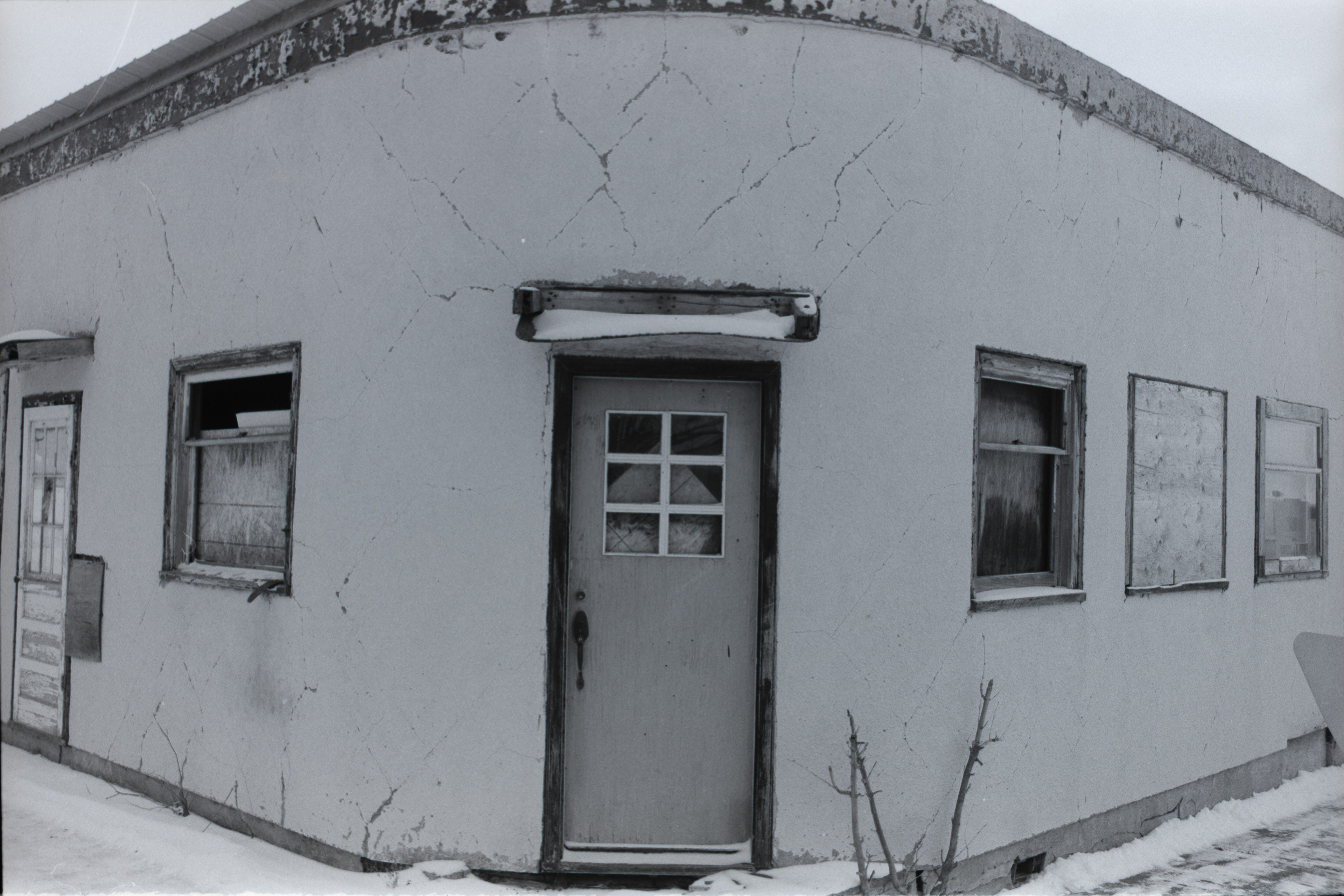
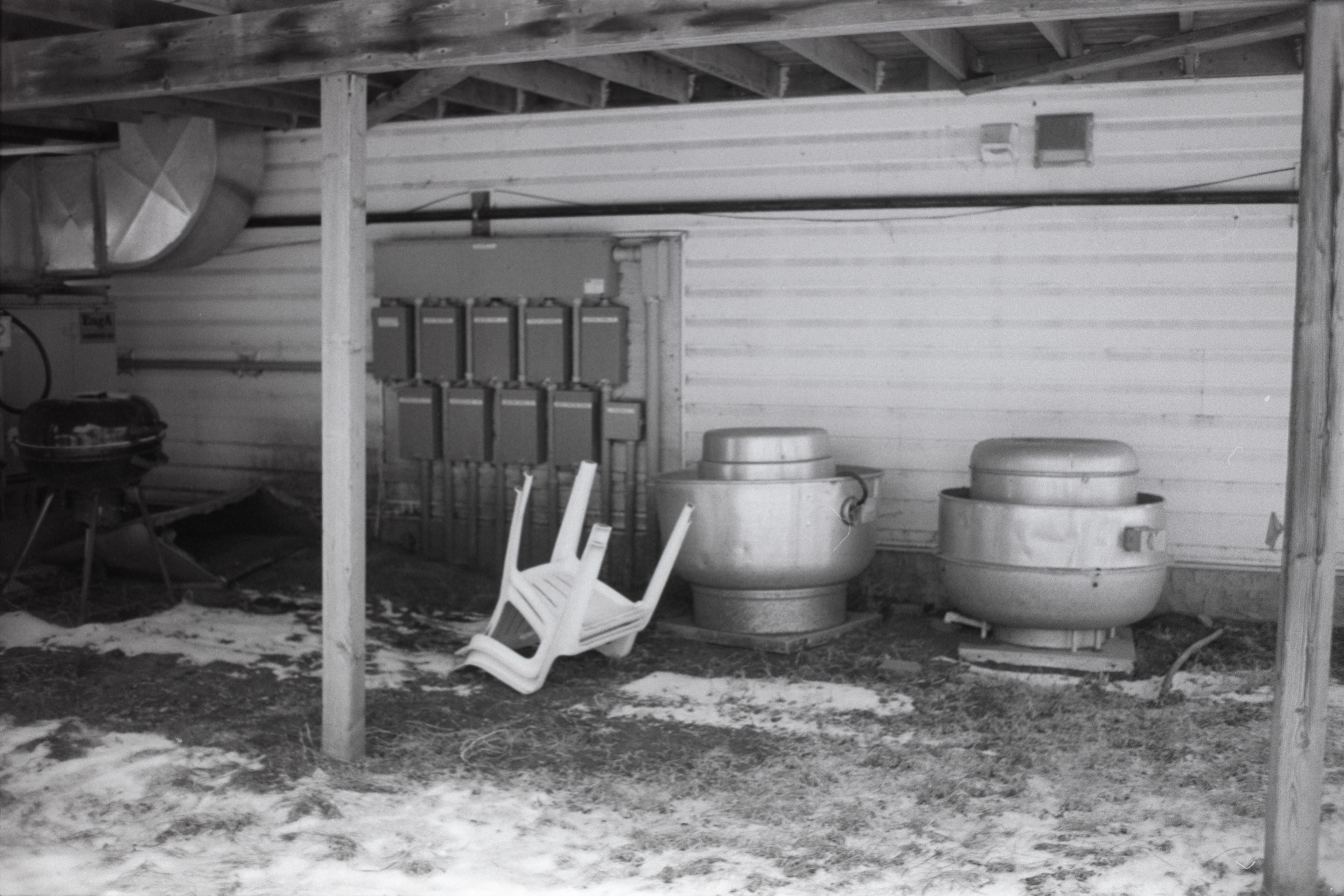
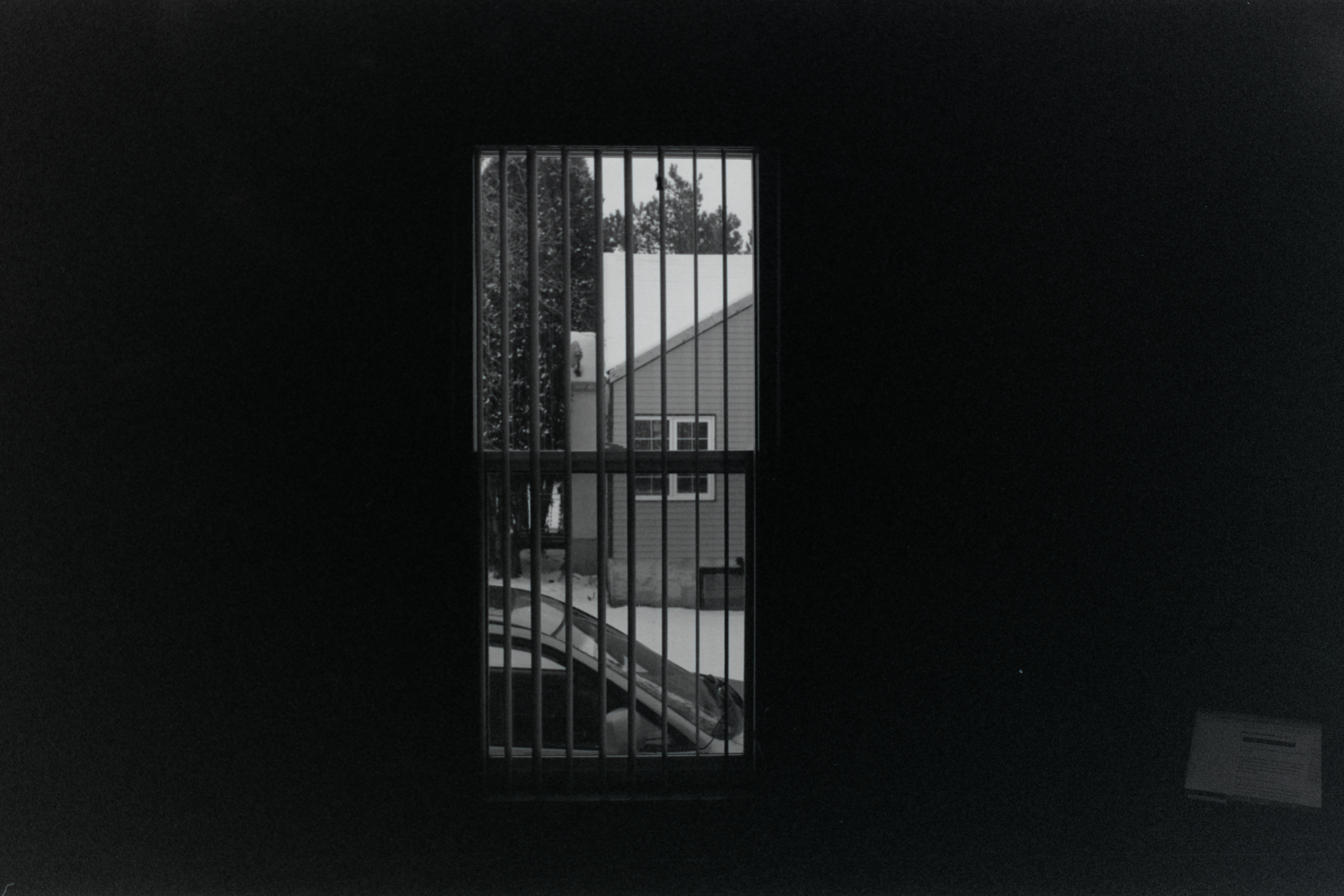
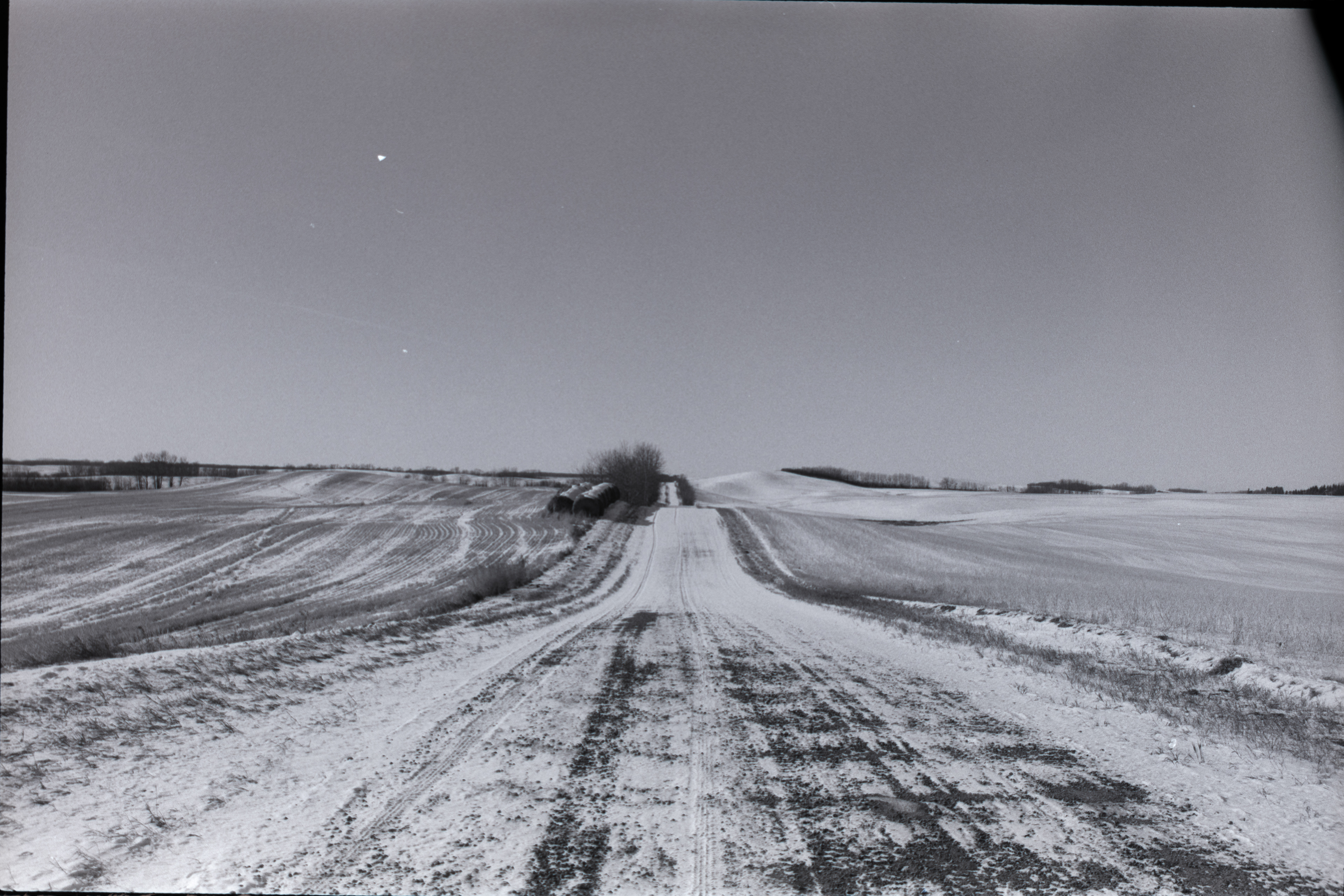
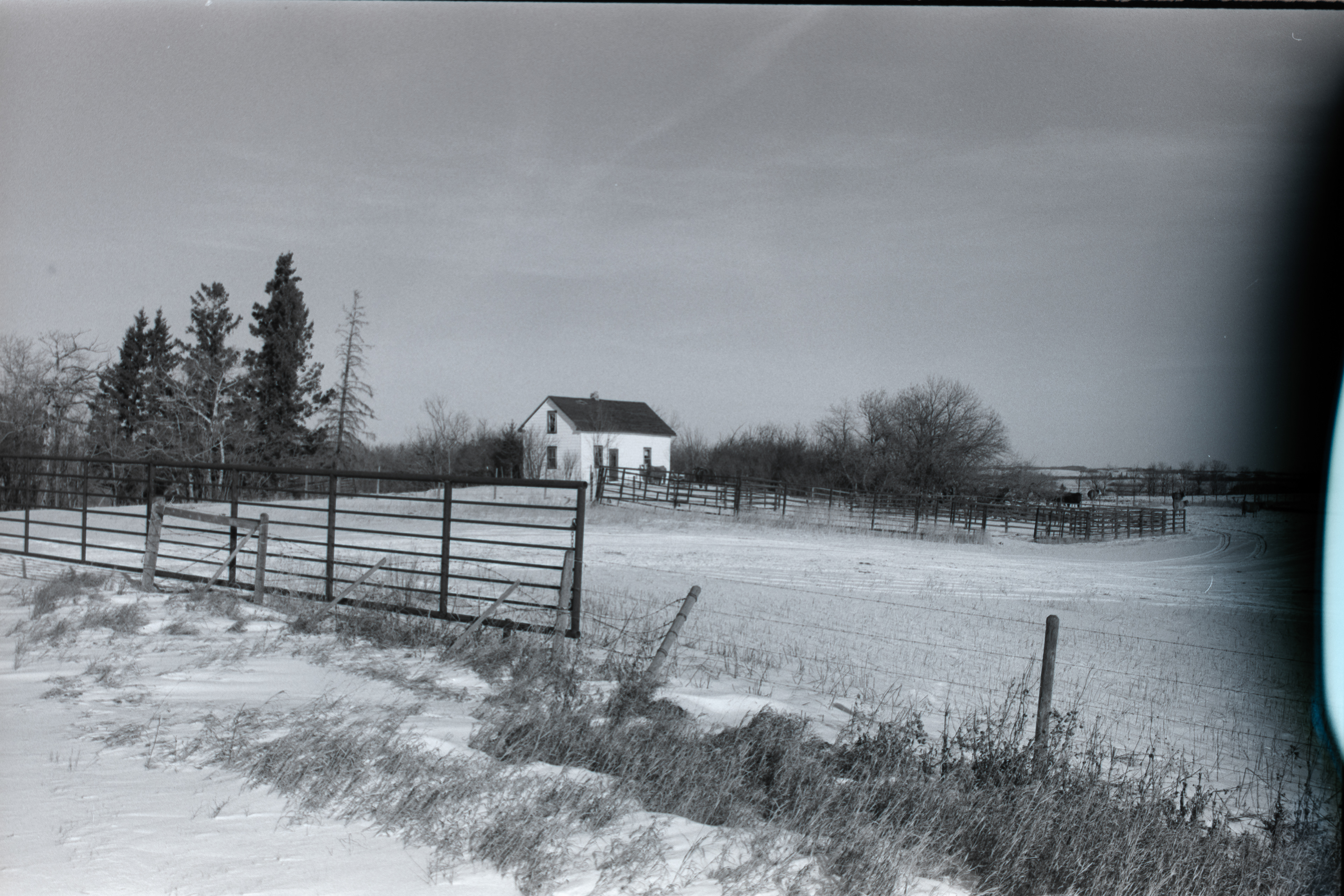
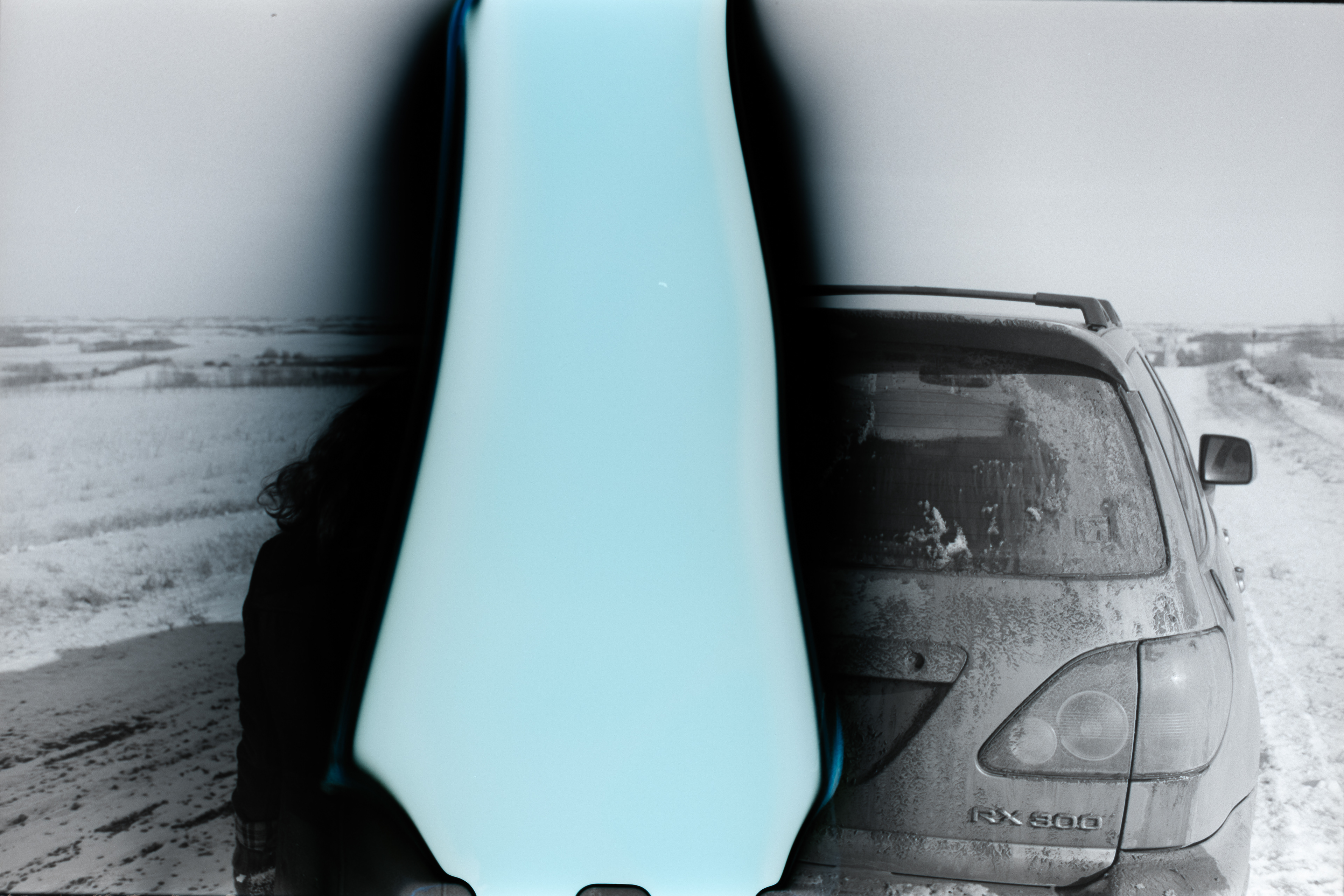
If you're thinking what I'm thinking, these were less than ideal results. But! There is certainly potential and overall went better than I had expected. What seemed like a mysterious, almost magic like development process was not nearly as hard in reality. Pulling the roll from the tank for the first time and seeing negatives staring back was a great feeling, one I'm sure I won't tire of anytime soon. As the final two images allude to, I failed to load part of the roll correctly with some parts of the film not interacting with the chemistry at all. This is a result of my struggle to load the spool correctly. I kept getting about 2/3 of the way and then the film would pop out of its track and I would have to restart. Being in the total darkness of my bathroom with a towel stuffed in the cracks of the door, this was frustrating. After the third time this happened, I thought what the hell - just wrap it around the spool and call it good. I quickly learned why this is not standard practice. There's also some dust that was picked up during scanning and uneven crops but I wasn't too concerned about correcting that for these images.
Keeping the ruined frames in mind, I was more dedicated to getting the film fully on the spool for the second roll. Again, about 2/3 of the way into loading the spool I had the same issue. Restarting, I was extra careful to move slowly and use smaller turns on the plastic spool towards the end which helped immensely. The following images are from a roll of expired Delta 400 on my Pentax Super Program:
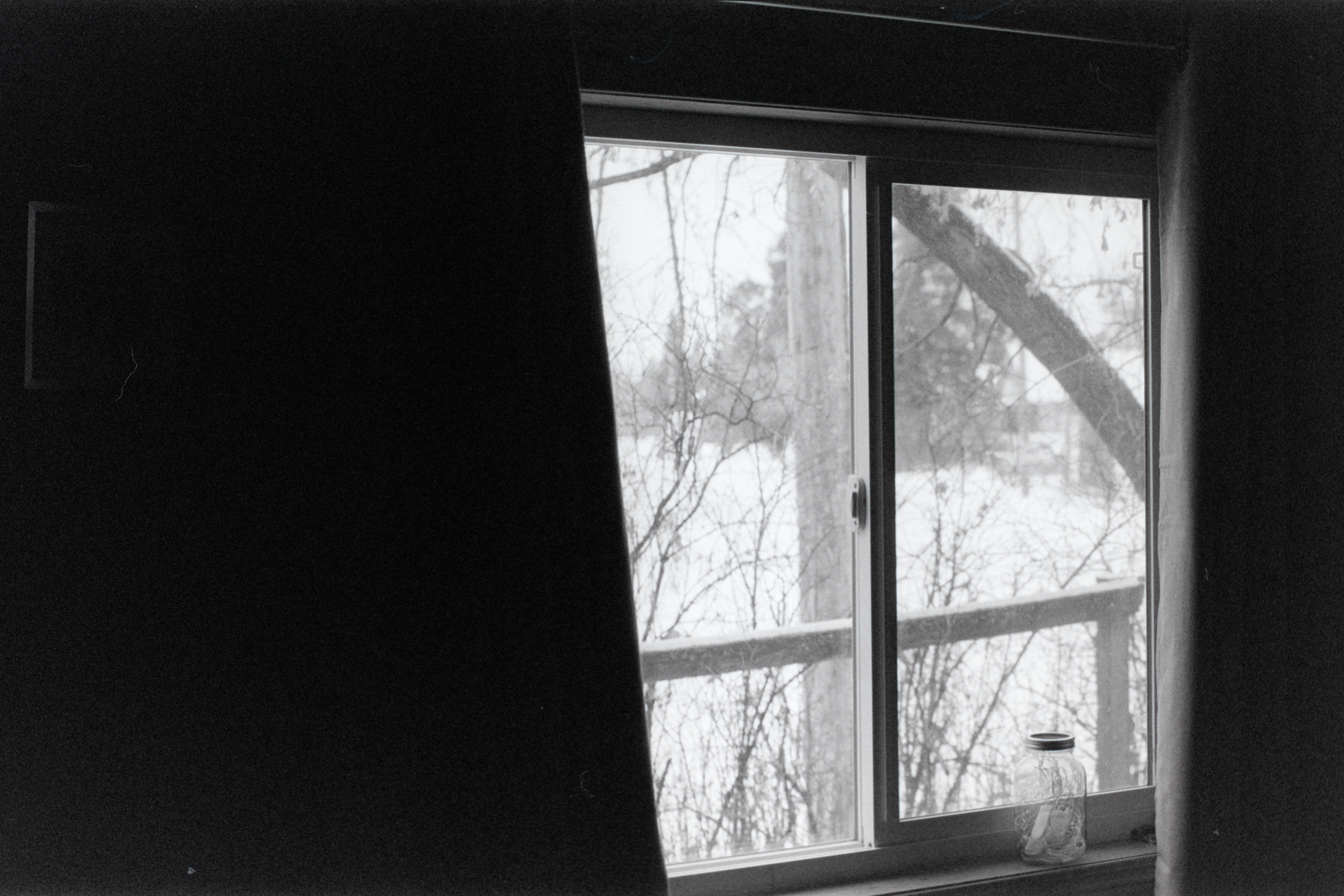
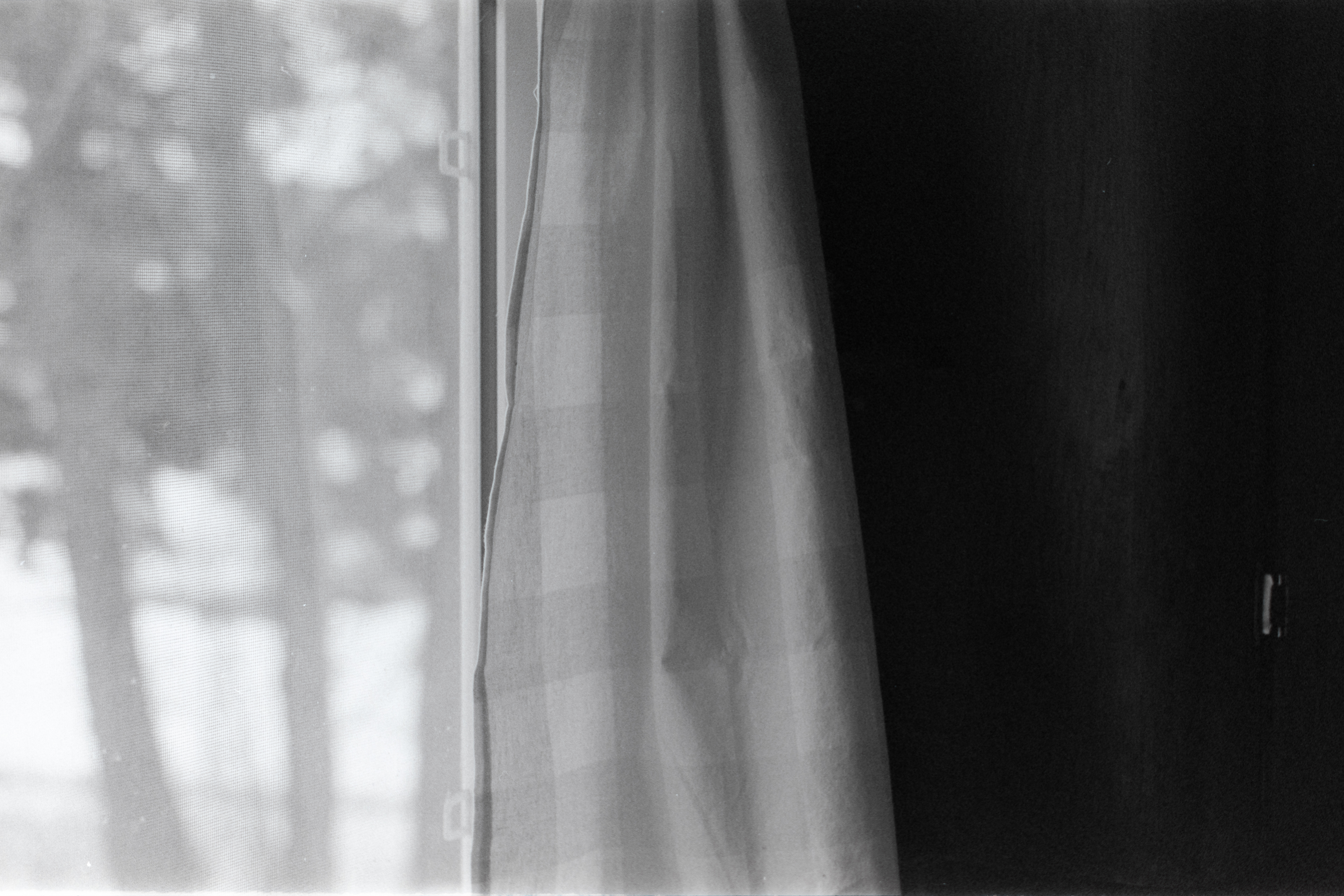
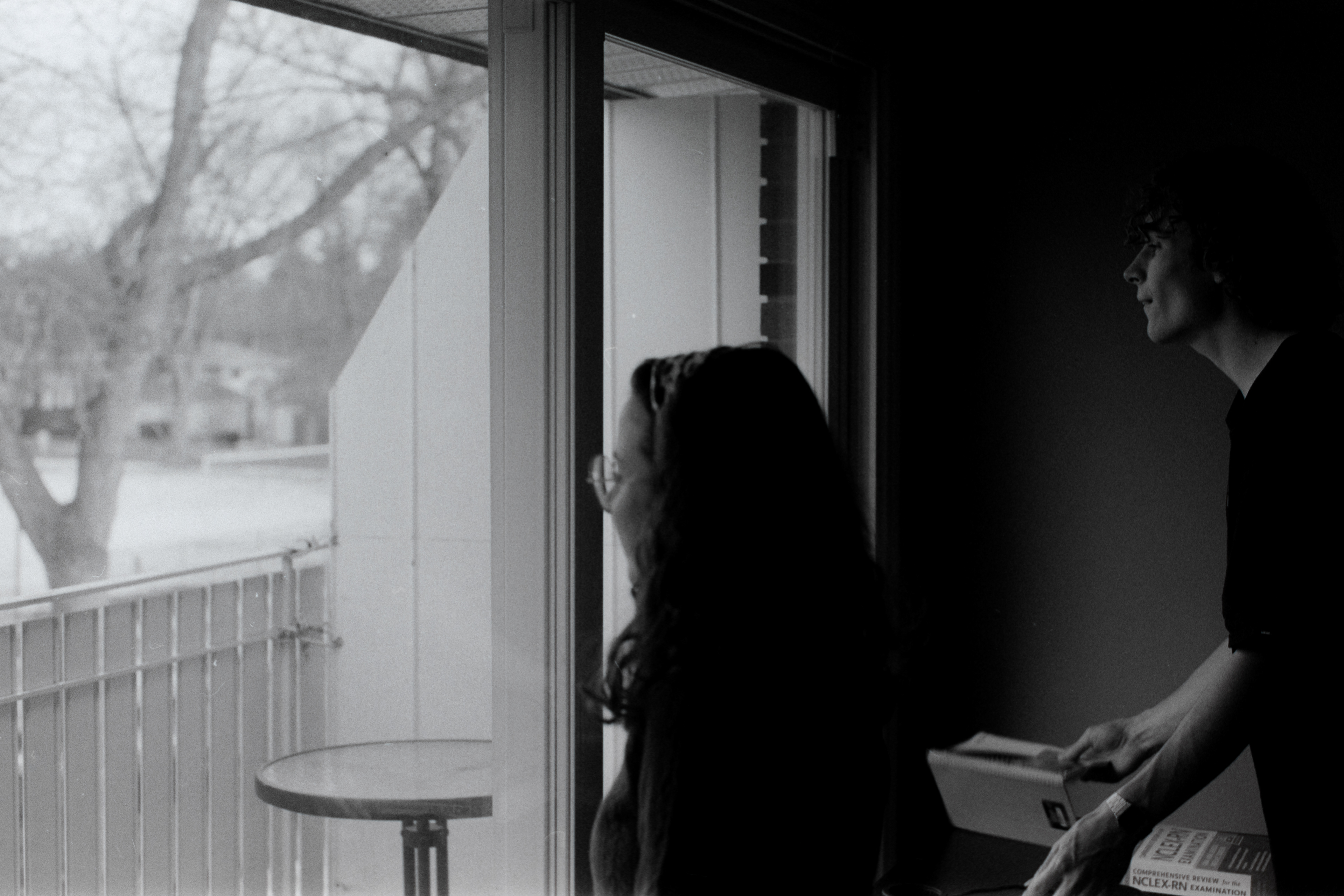
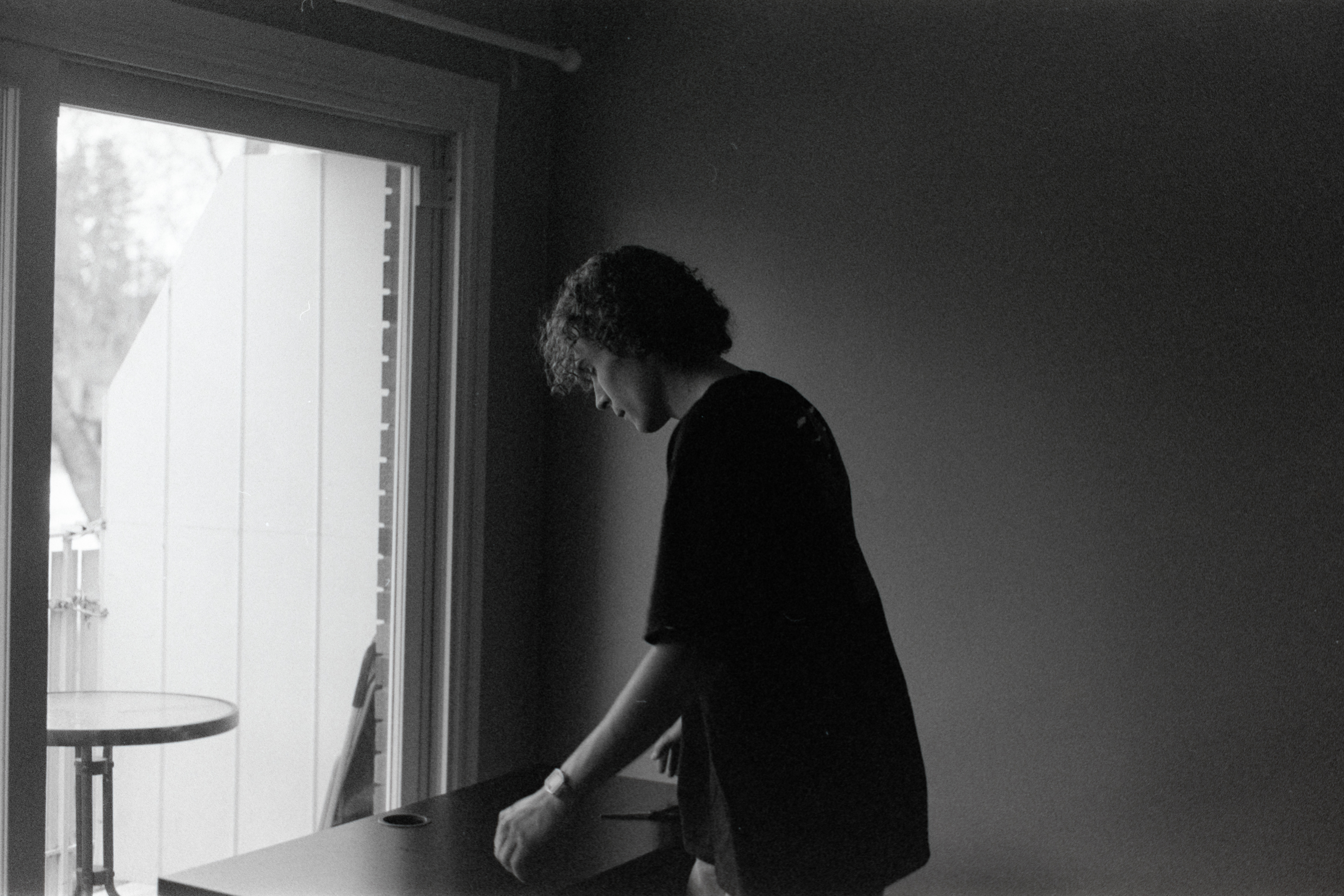
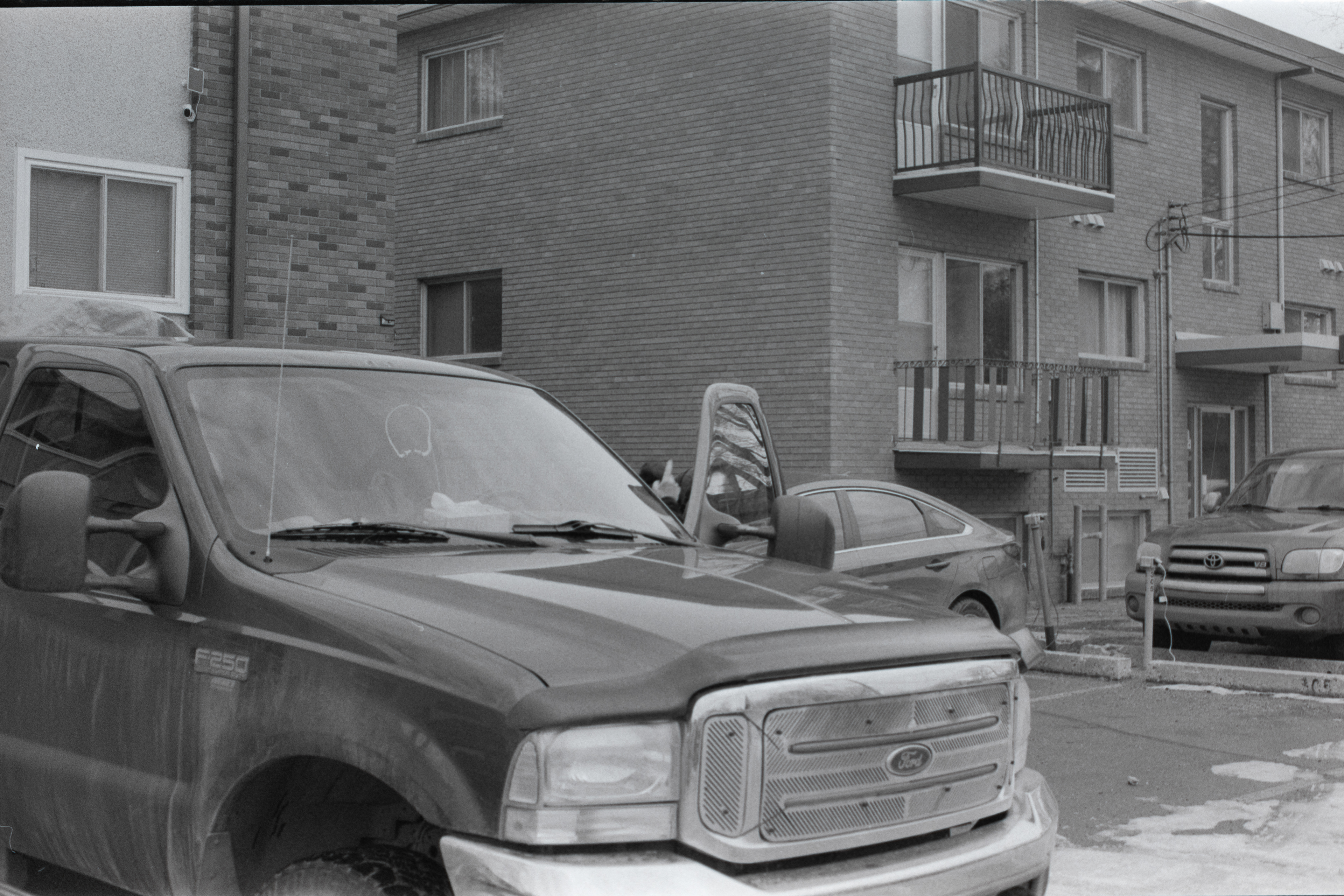
These results were much more consistent than the last and had none of the blotches from the first roll. Again, it turns out that fully loading the film on your spool is a good idea. Feeling more confident, I turned to a roll that I had been hanging on to since June - a roll of TMax 100 that had been shot on my beloved Canon Sureshot76 throughout our wedding and honeymoon:
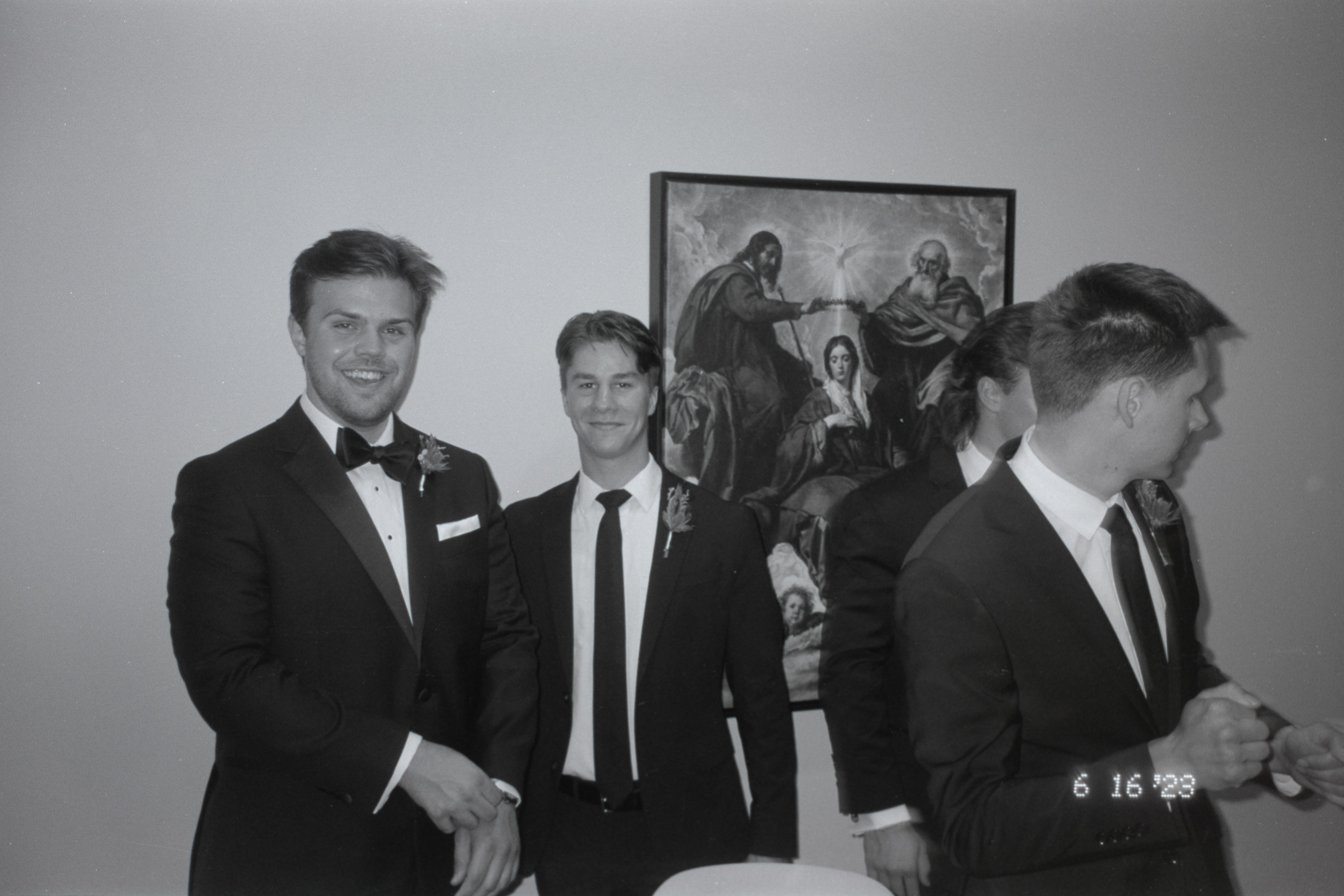
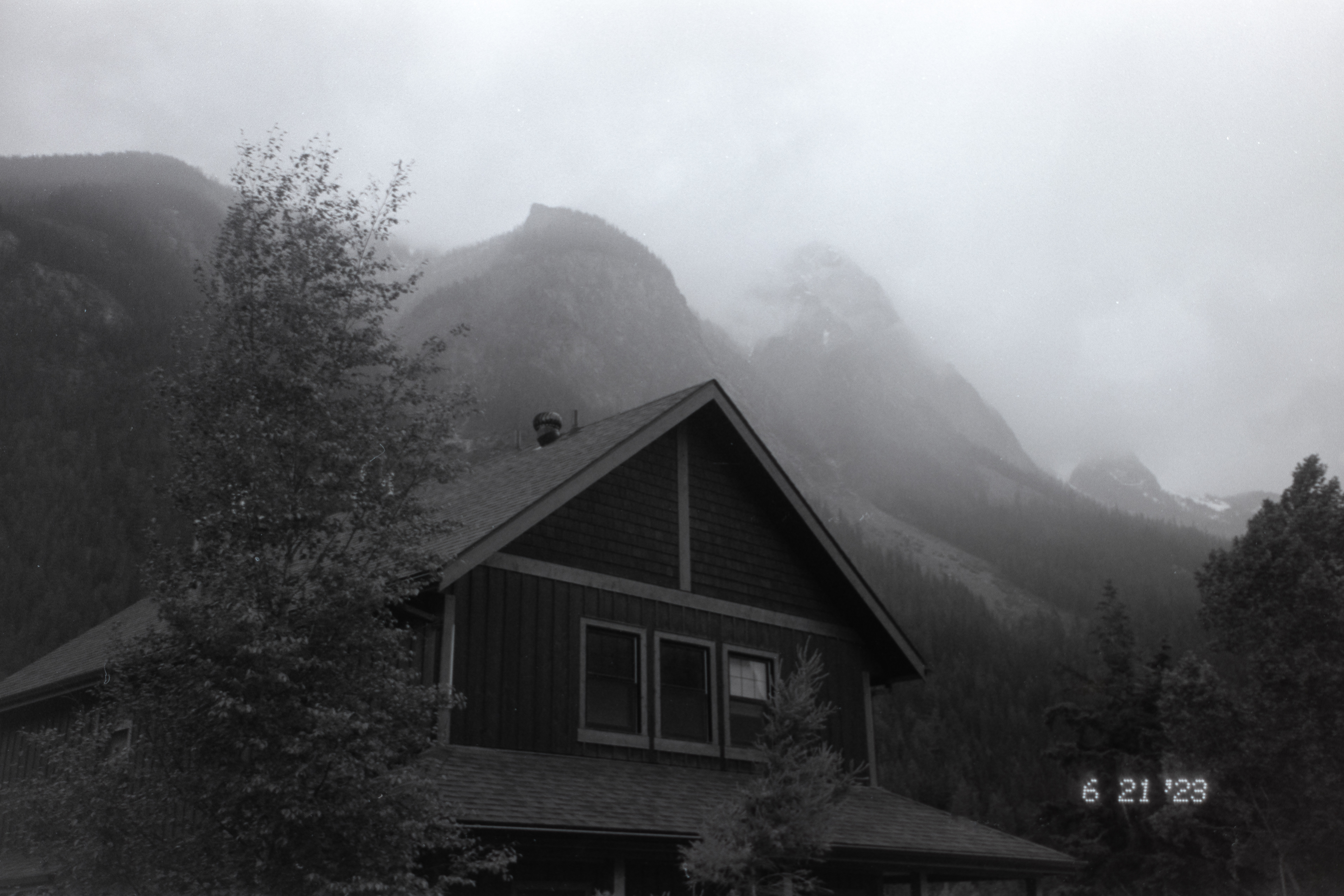
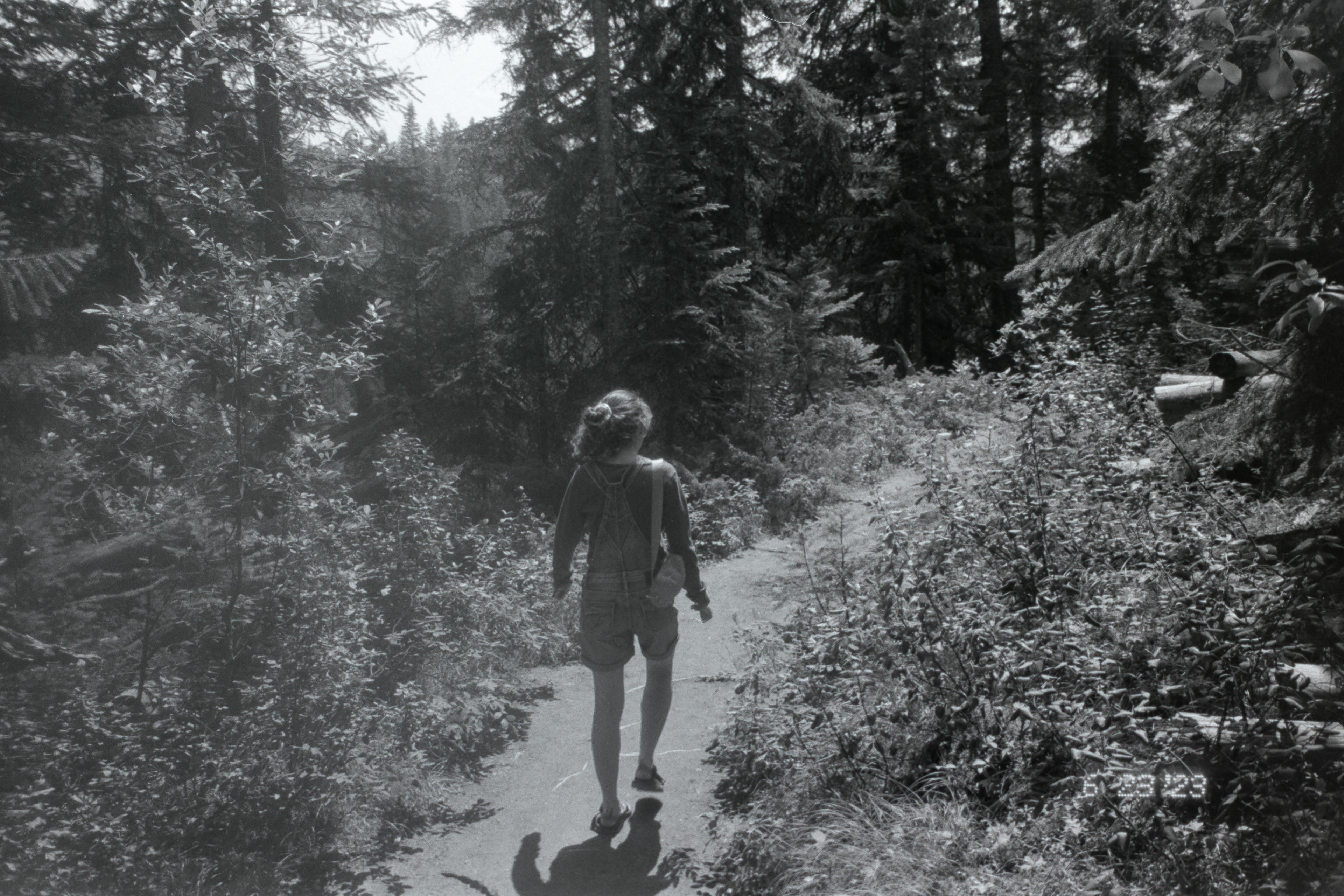
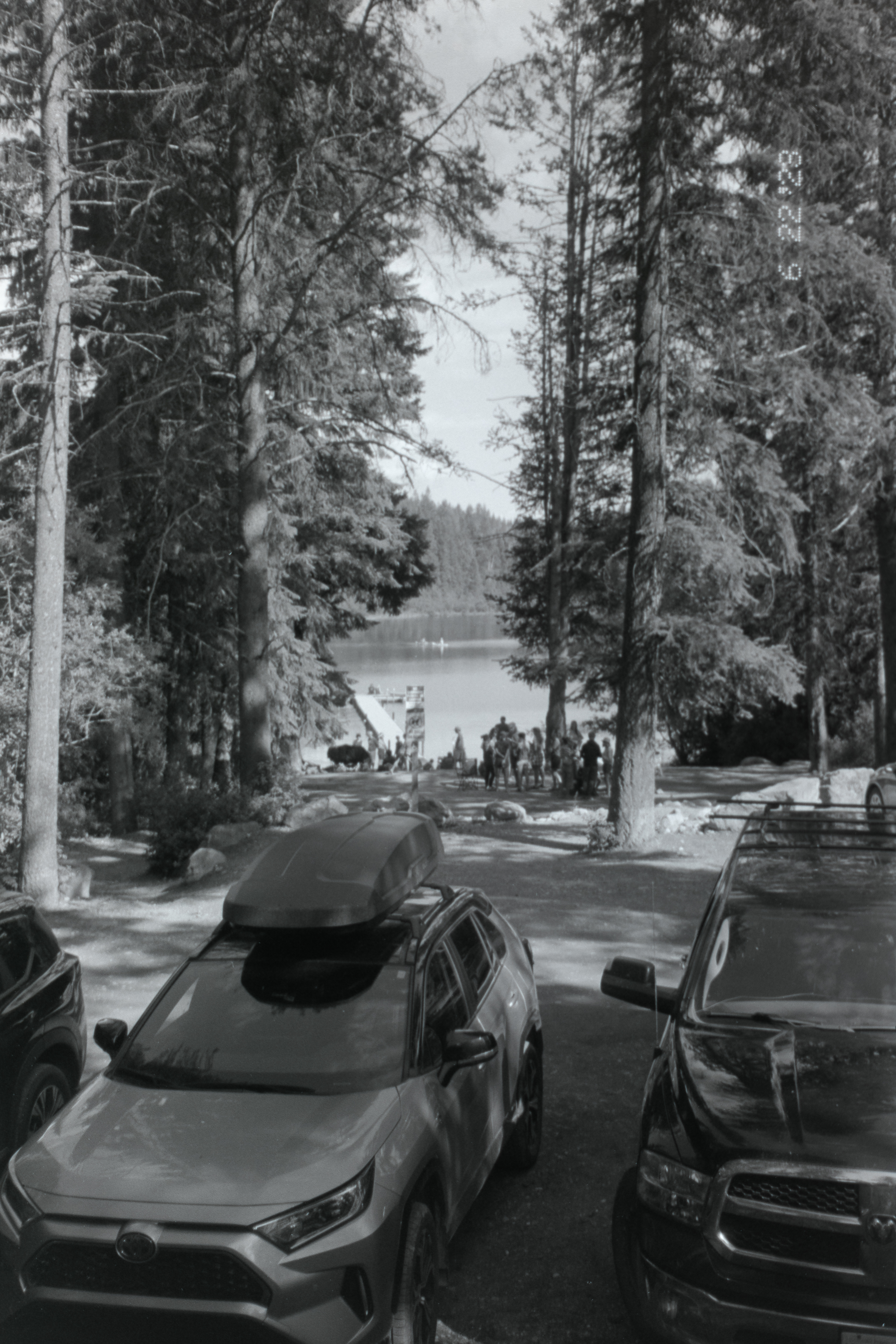

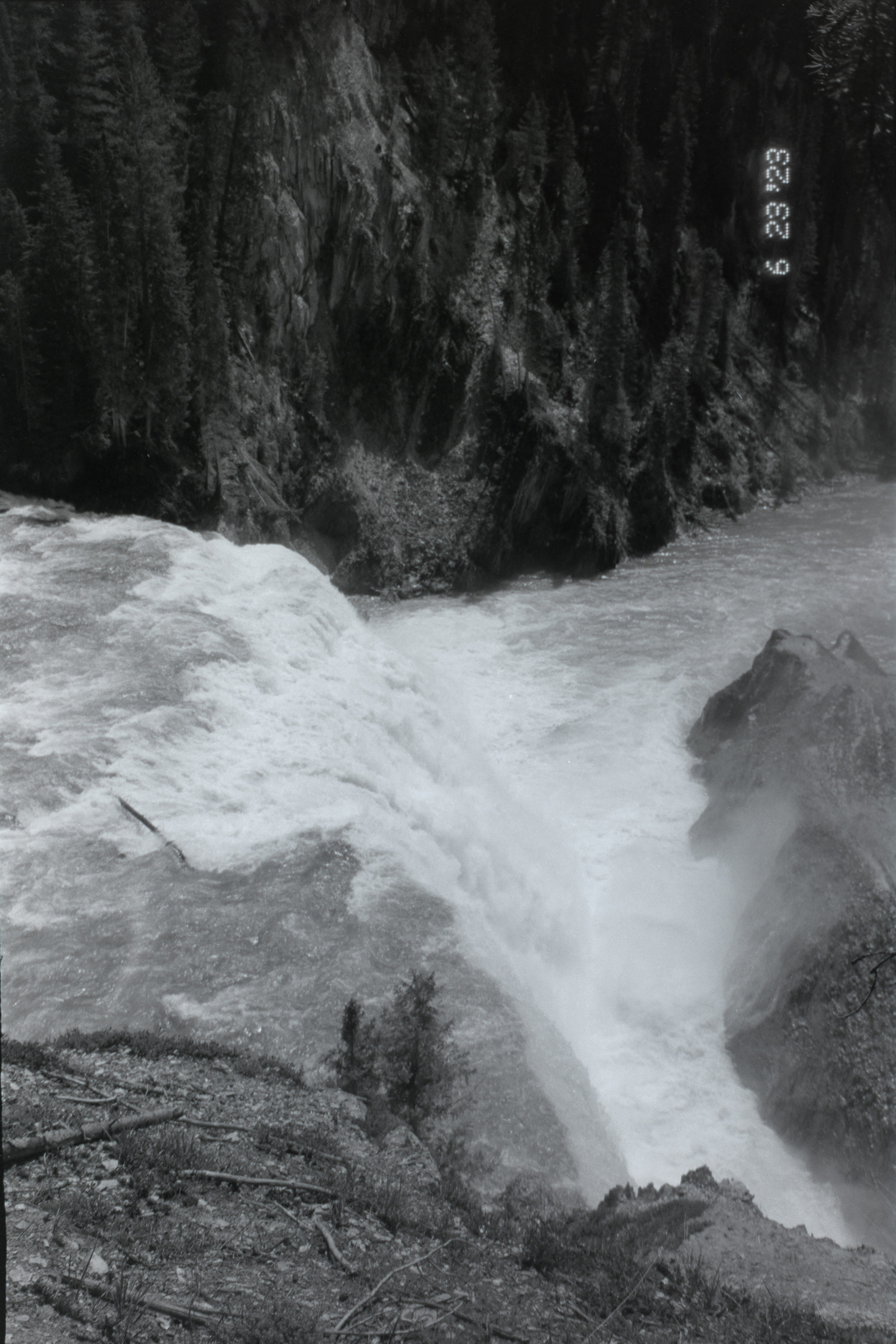
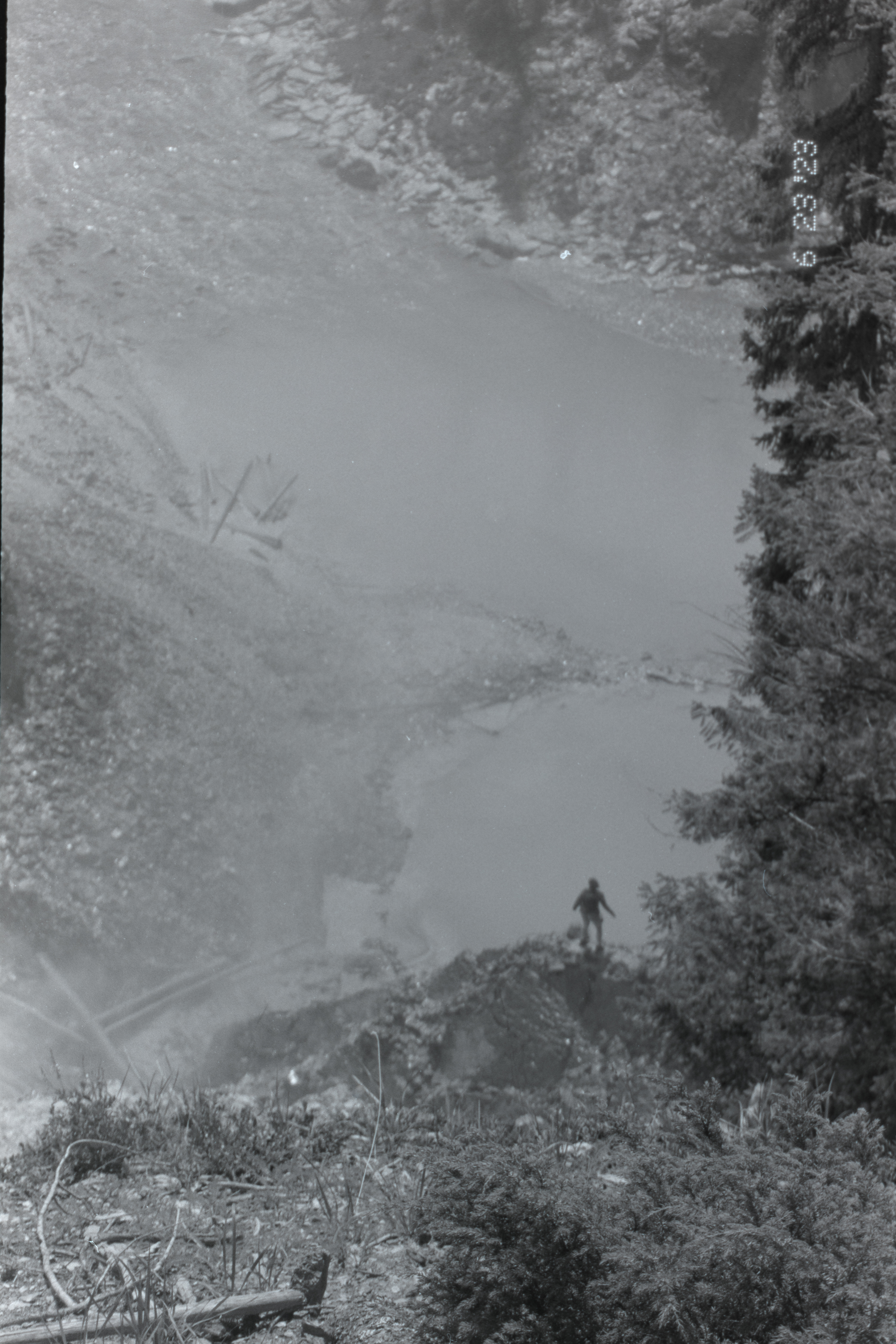
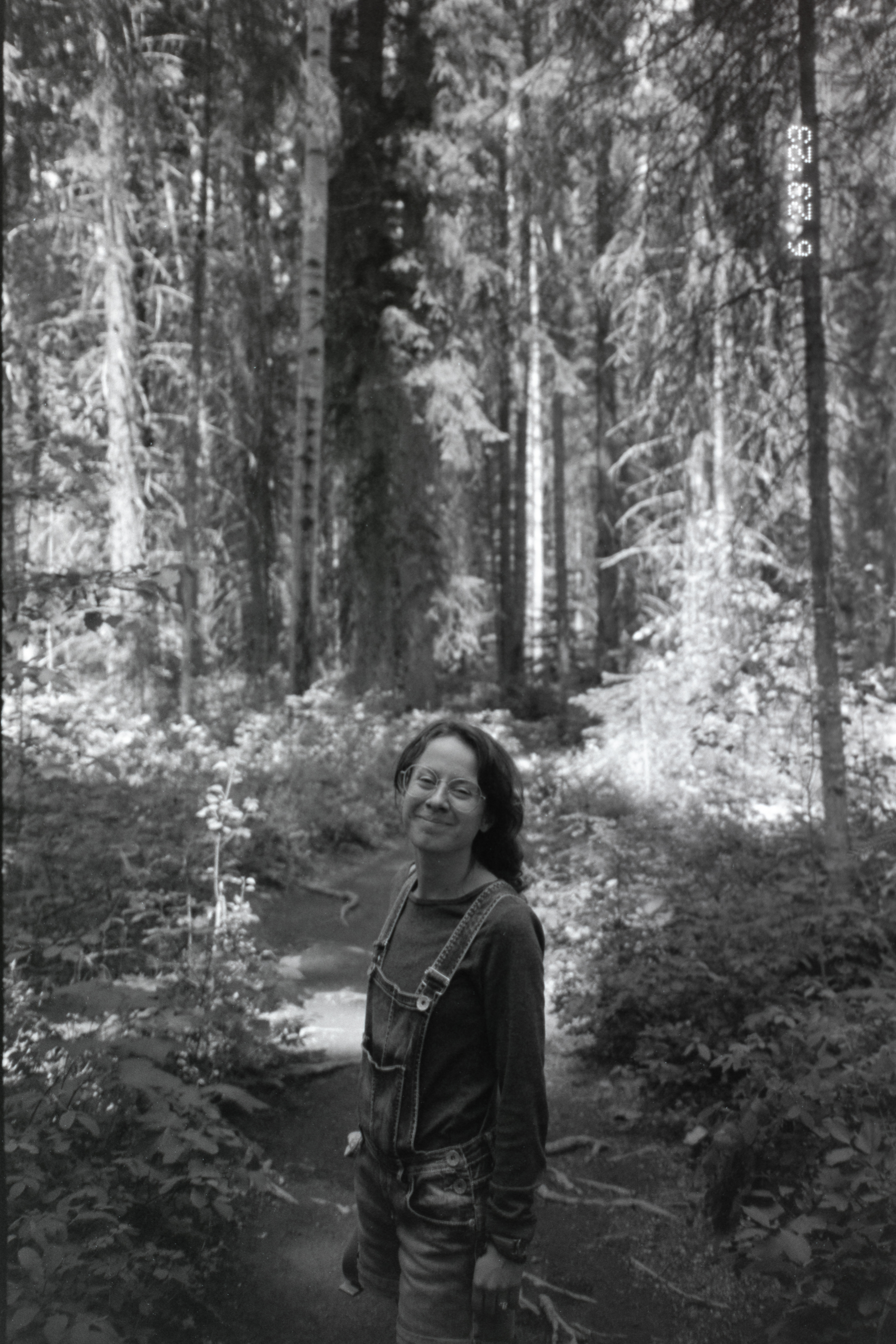
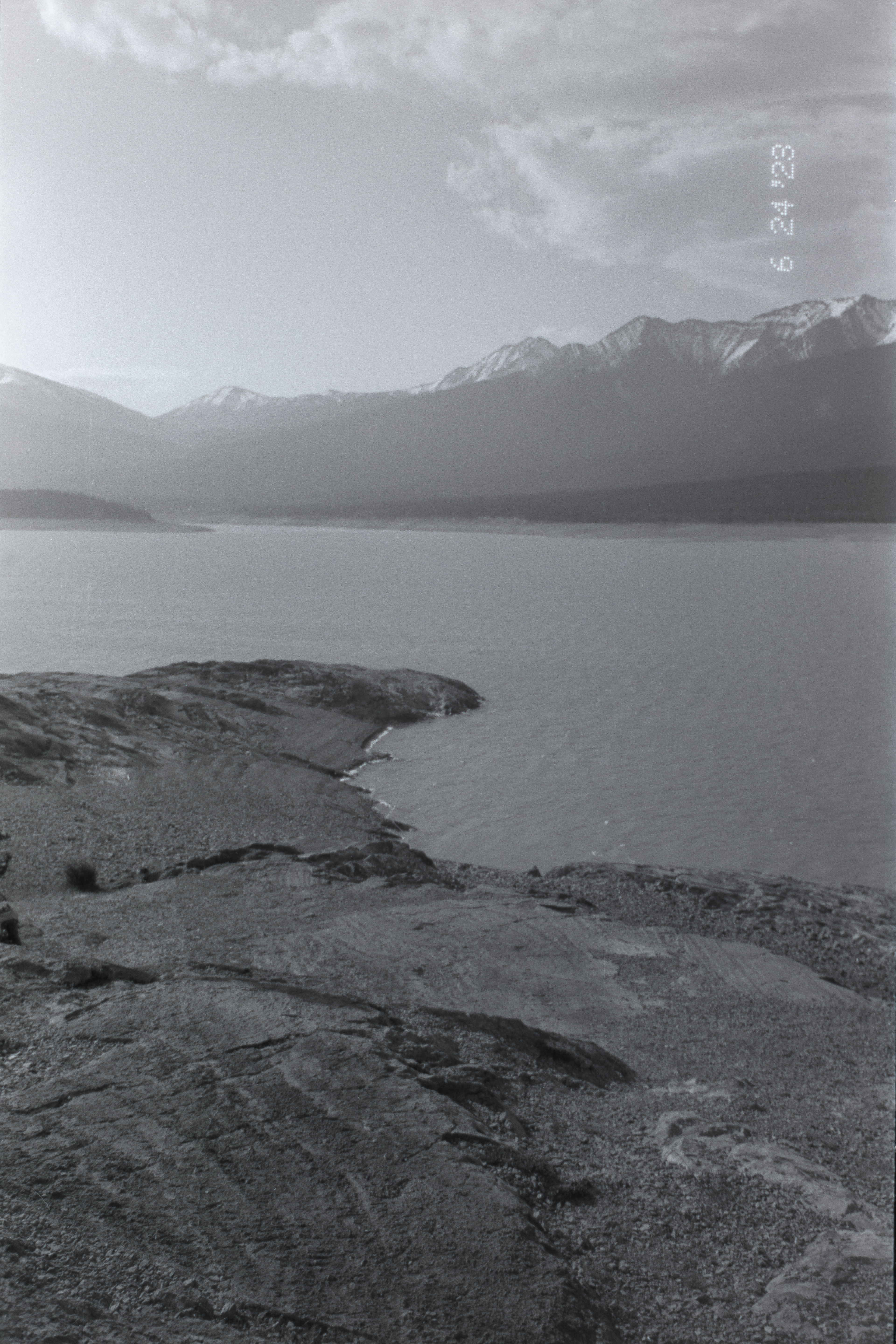
Developing this roll was extra special as the images were ones that I had been excited to have developed for a while now. This roll sold me on developing film myself, it is a very satisfying process to be connected with your images through every step. I'm not sure if this was an expired roll or not, however, it only strengthens my love for TMax 100. I love shooting this film and am always so pleased with its contrast, sharpness, and tonal range.
After processing the three rolls, scanning is a relatively straightforward process. I adapt a Nikon AI Micro-Nikkor 55mm f/3.5 onto my Fujifilm 50R, attach it to my inverted tripod head, then plug in the Cinestill CS-Lite and push the rolls through a Valoi 35mm holder. There's been plenty of people making videos on mirrorless scanning vs flatbed scanners, so I won't go into detail on the specific techniques. I was getting ~35mp scans compared to the ~6mp scans I got from the lab, however, so I was definitely happy with the quality. From there, I import the RAW images from the 50R into Lightroom and invert the image via point curve and set the white balance from the borders of the film. Crop the frame, drag your extremes of the point curve till they match the extremes of the histogram, and there ya go! An image! Then I went with the healing tool on images I liked and got rid of the major dust marks. Pretty easy and a fun process seeing the images invert each time.
So, there we go. My first three rolls developed and scanned at home. I plan to do some color rolls soon and will hopefully post a few of those too. I hope to get a larger light table eventually and make digital contact sheets, which I think would be cool to post along with a few standout images from the roll. All in good time, but just another thing I am excited to figure out and share. Thanks for coming along with me on this journey, I appreciate it!
